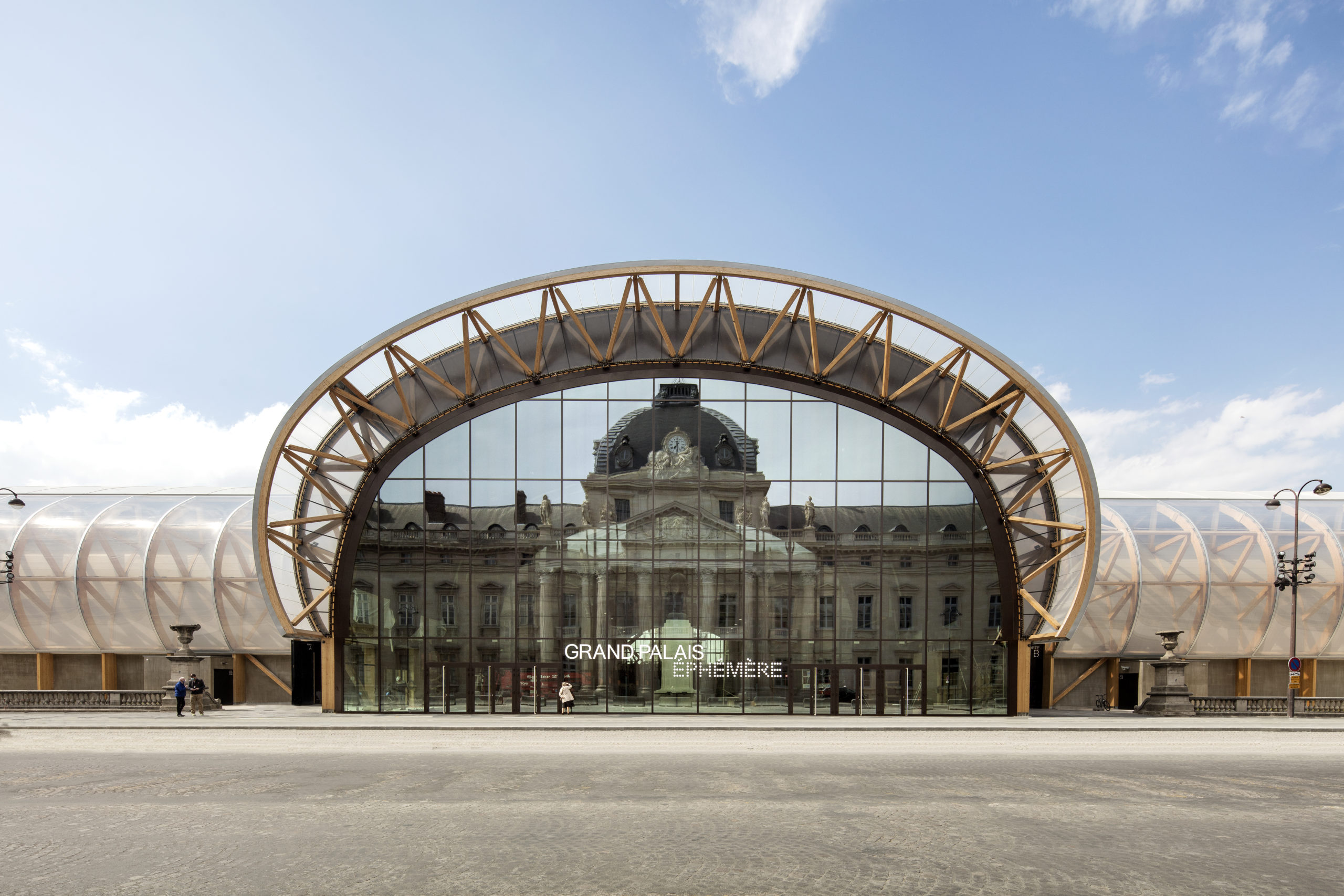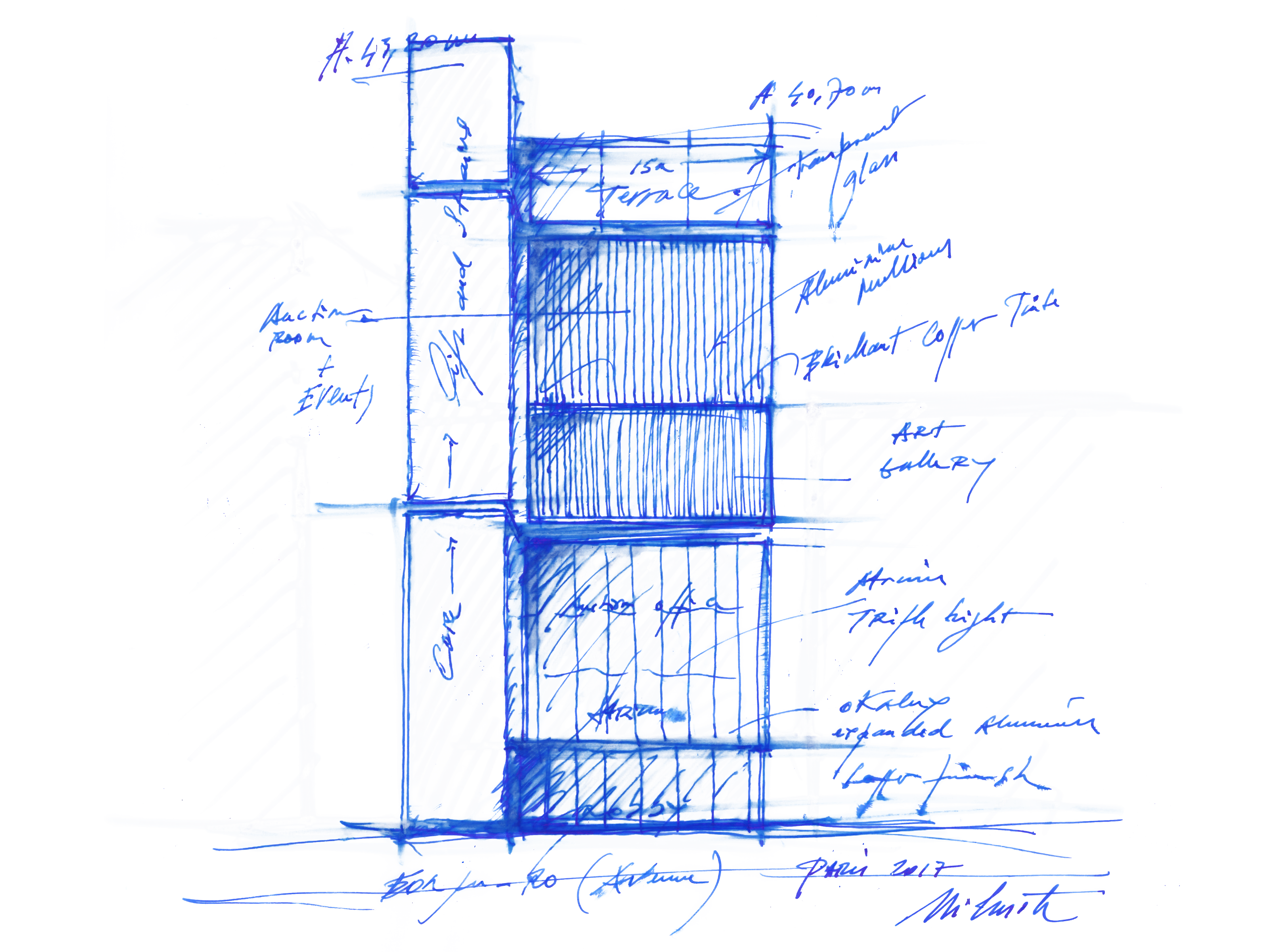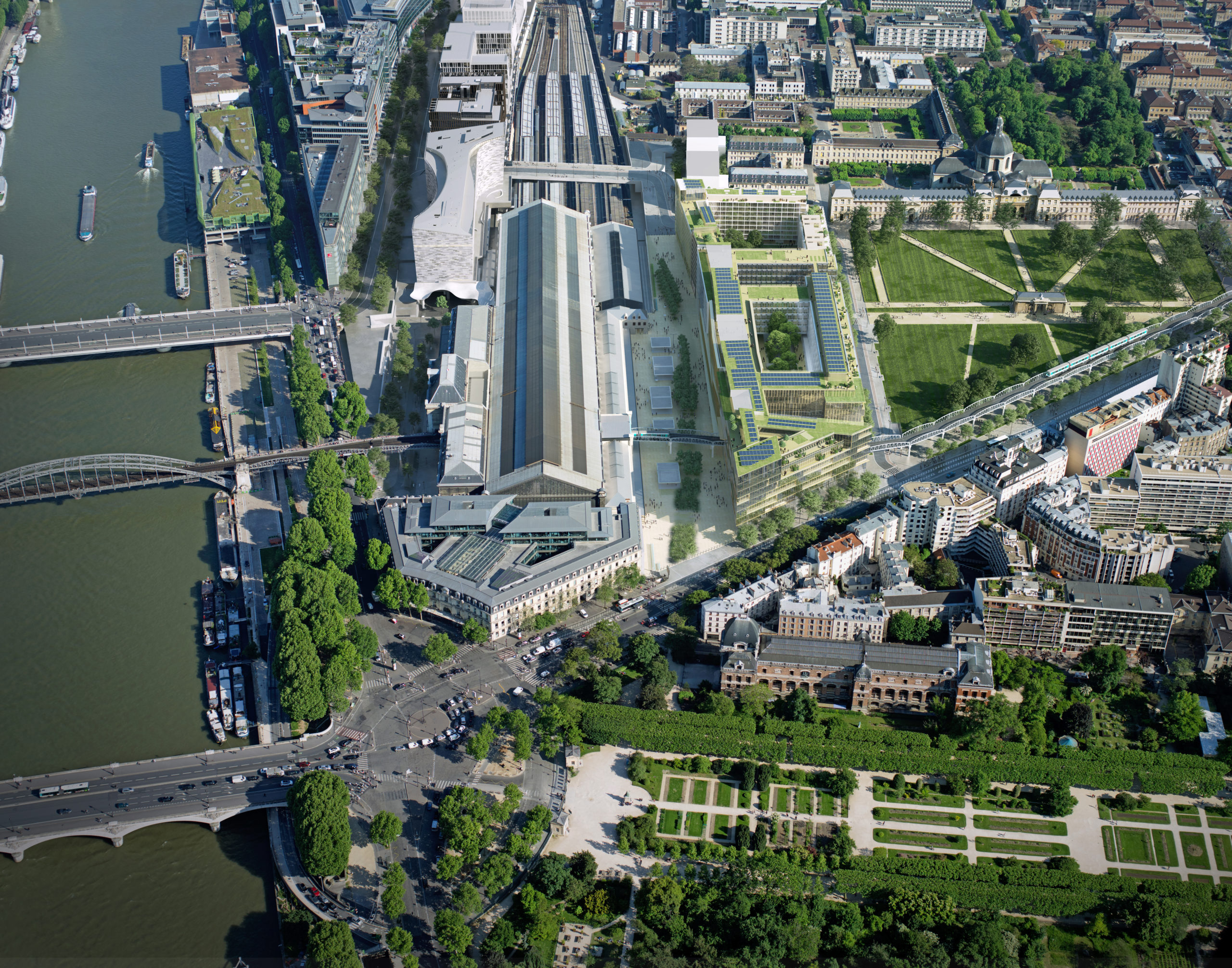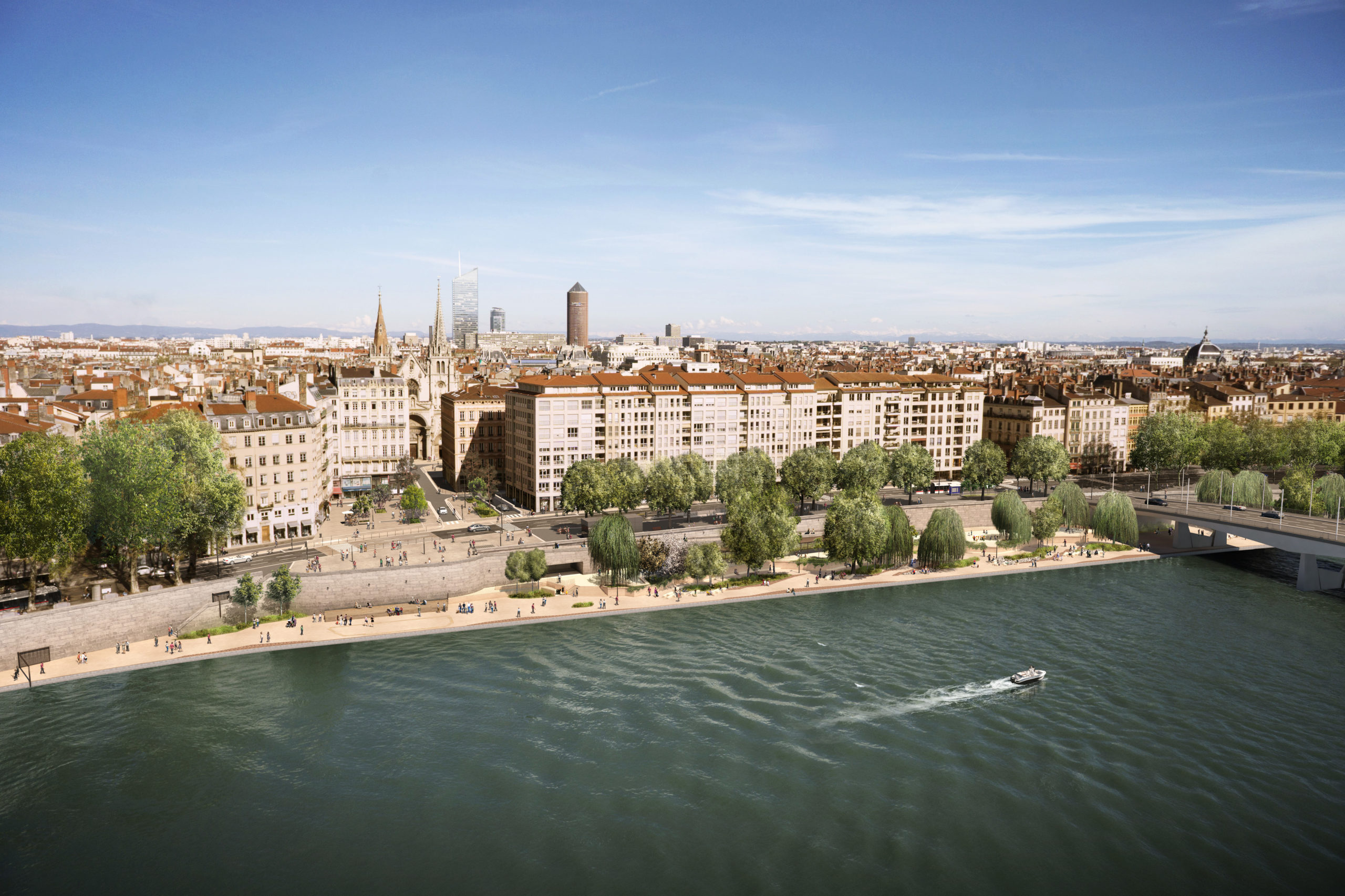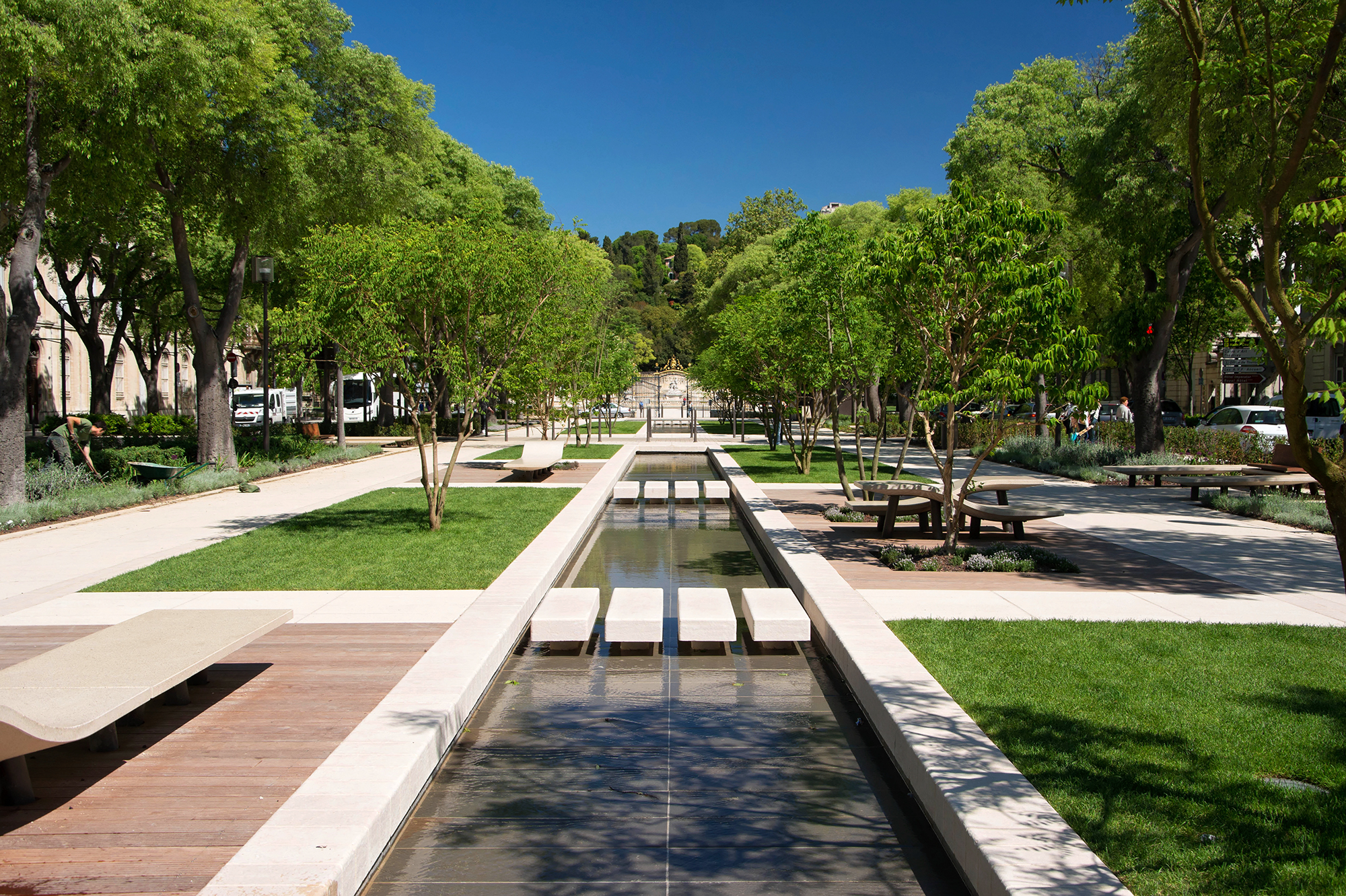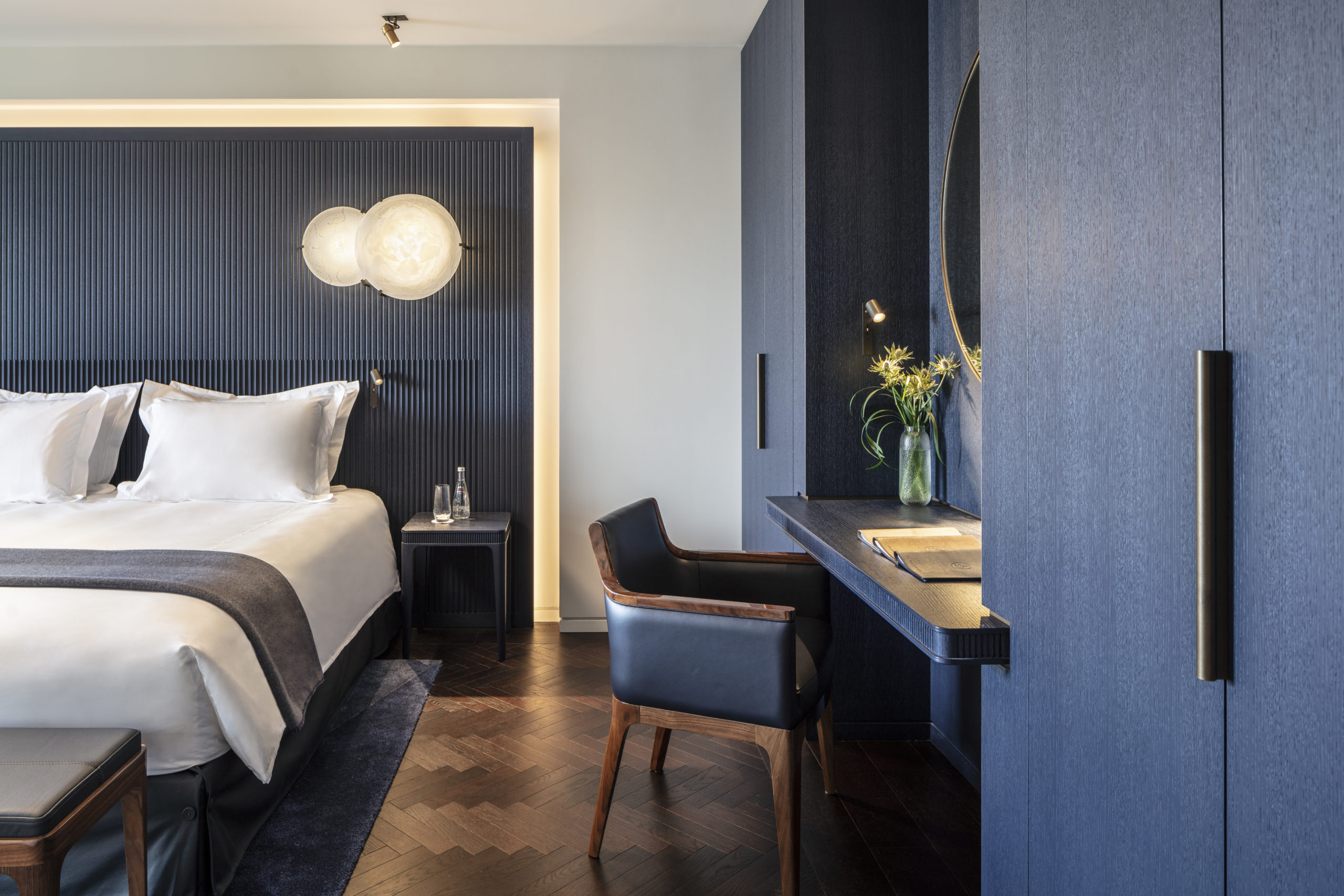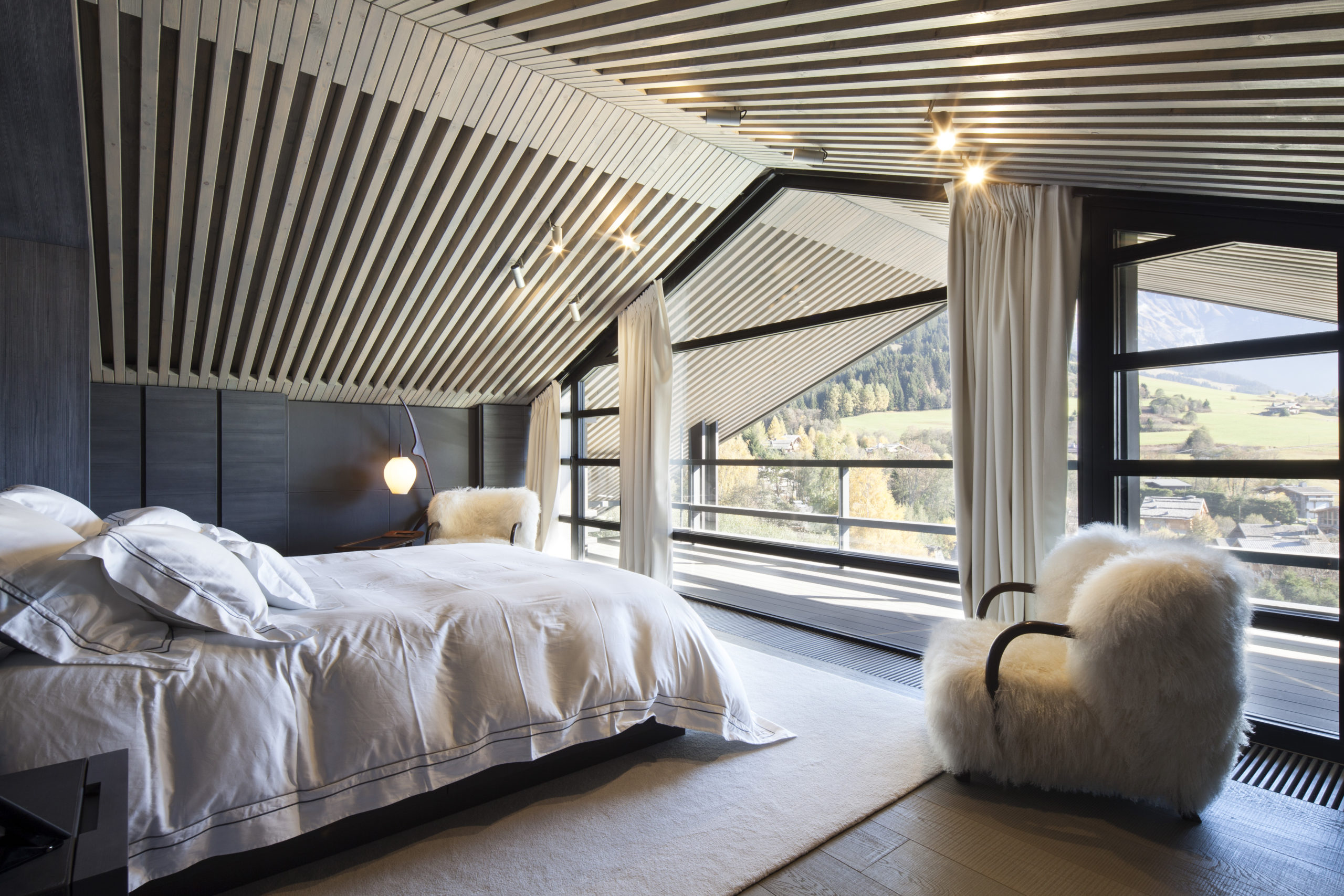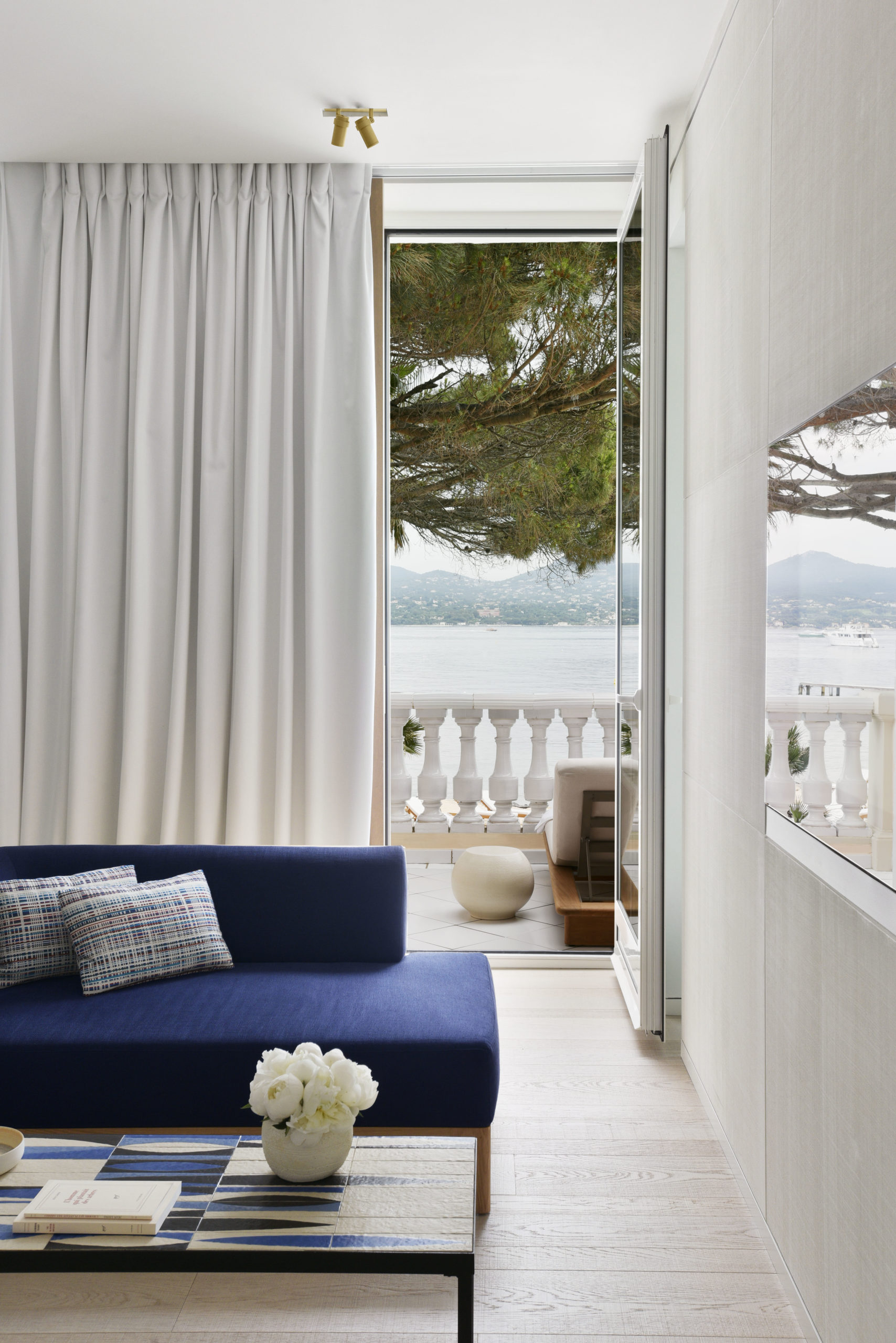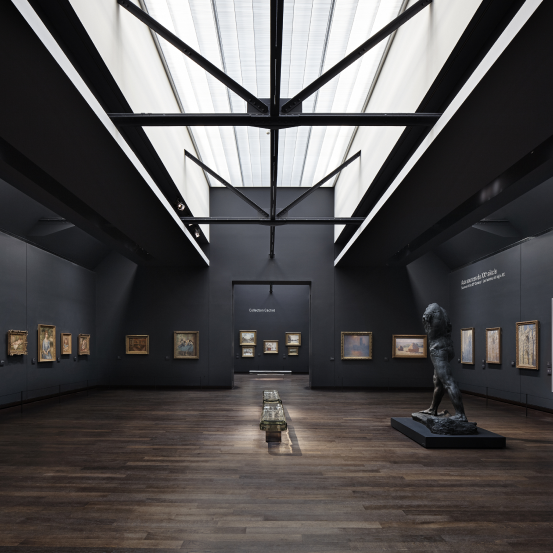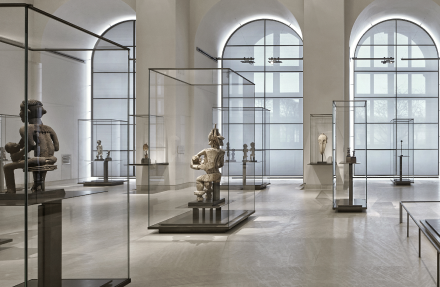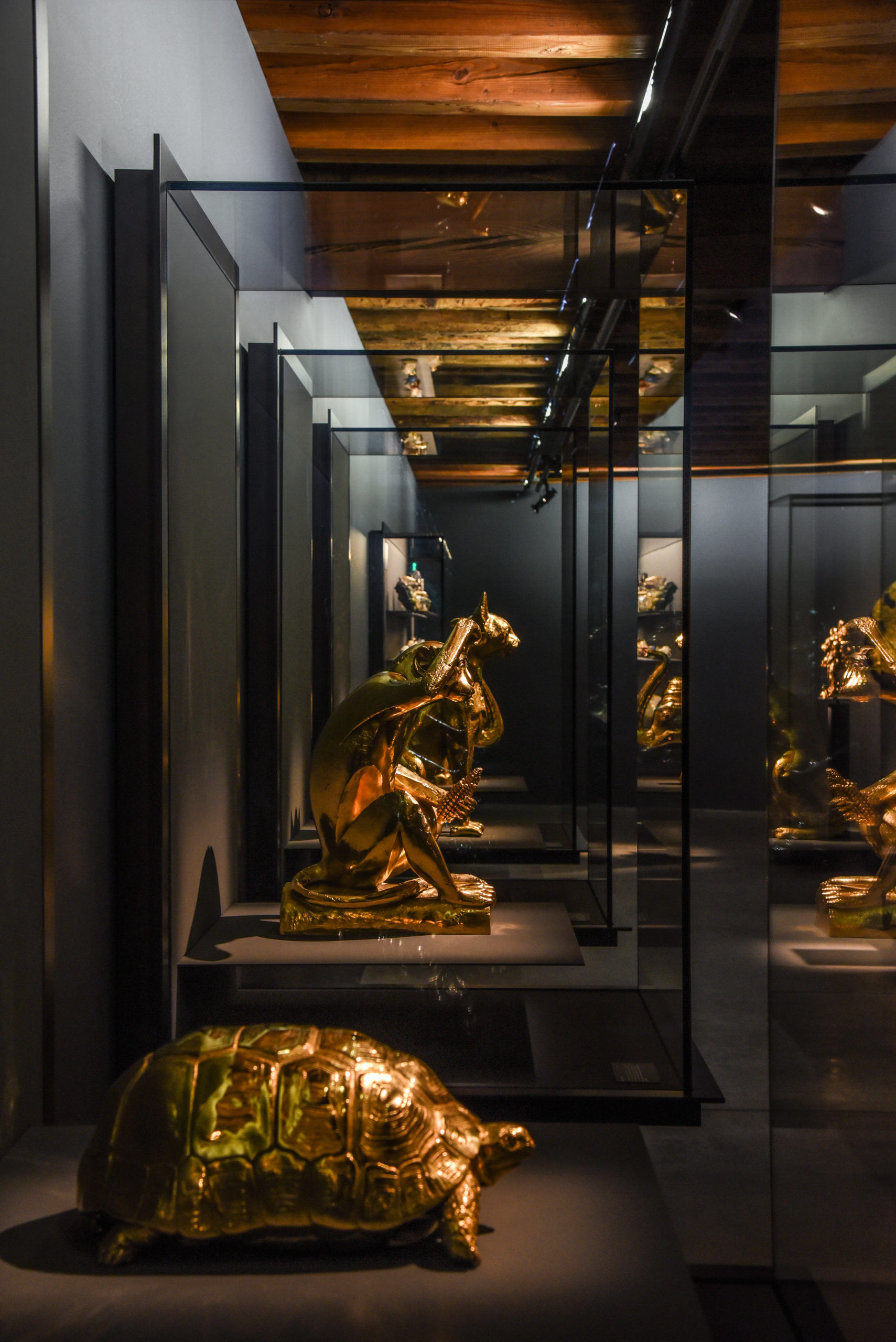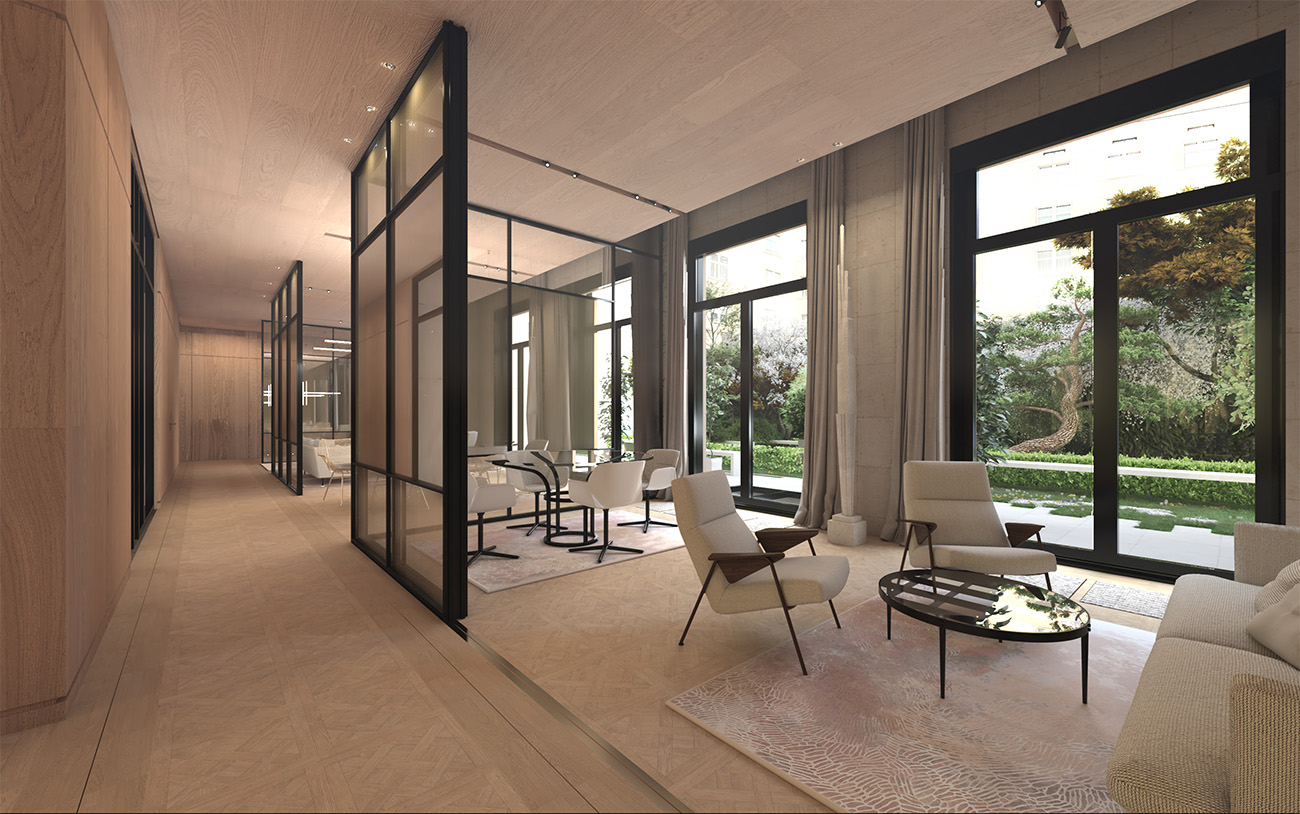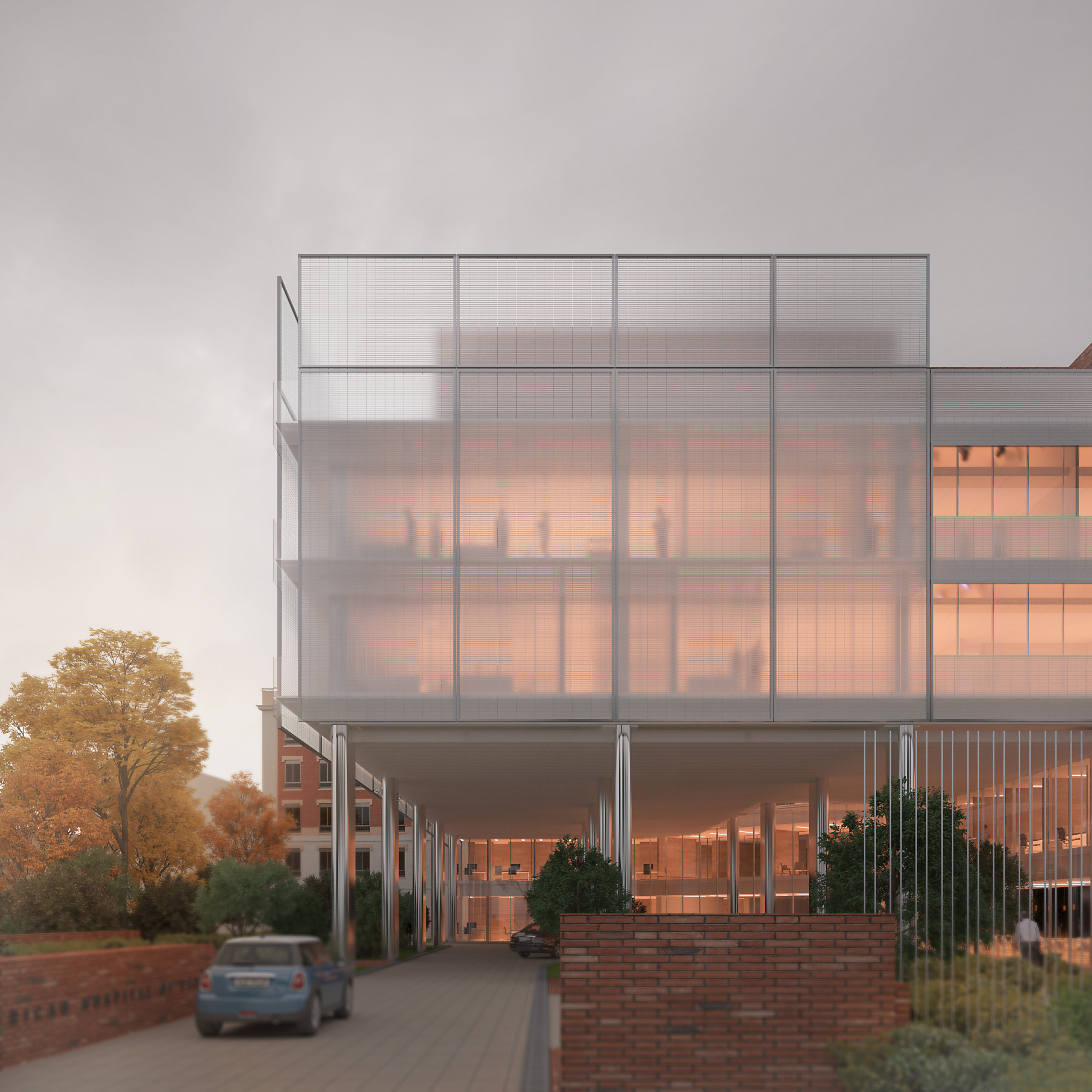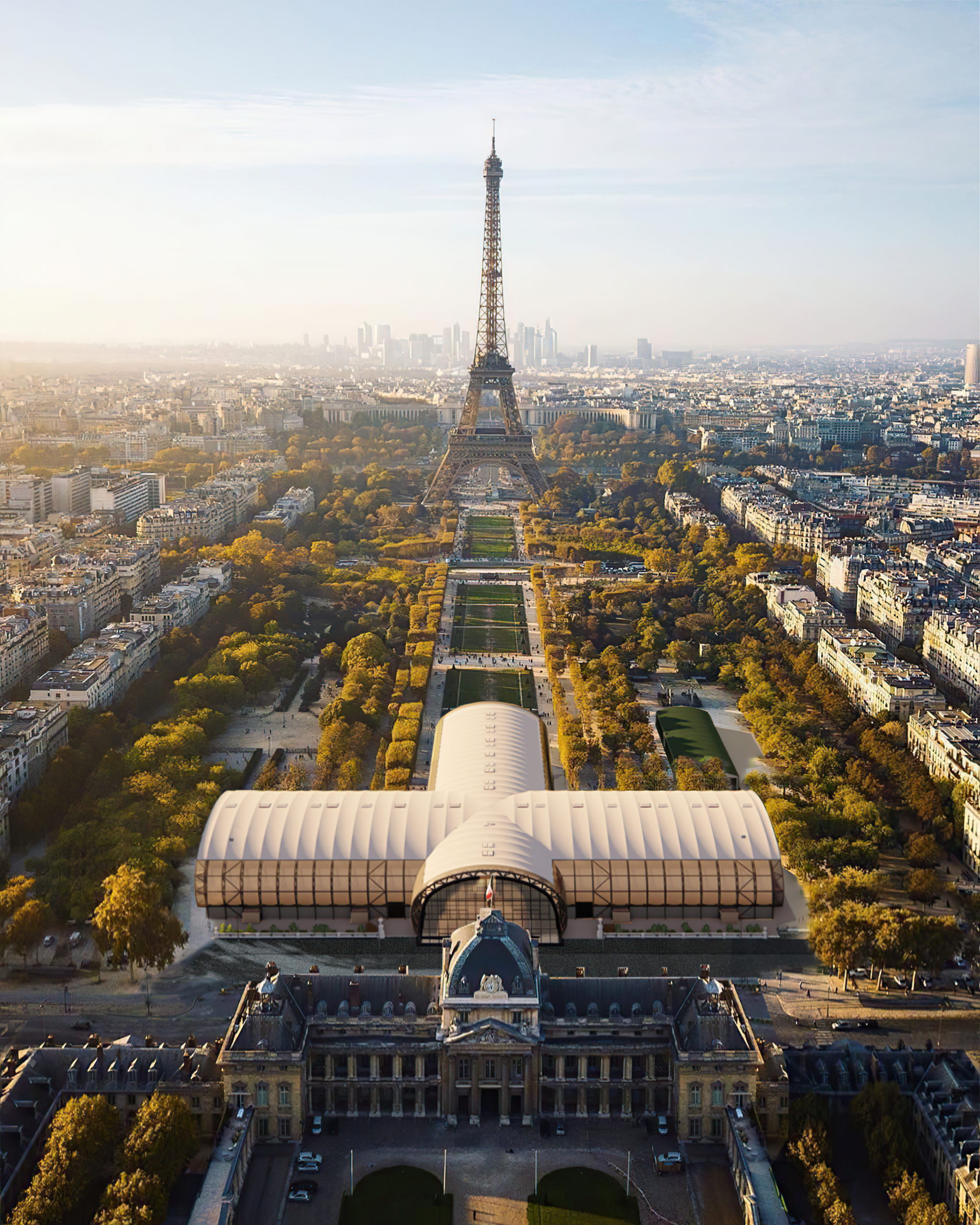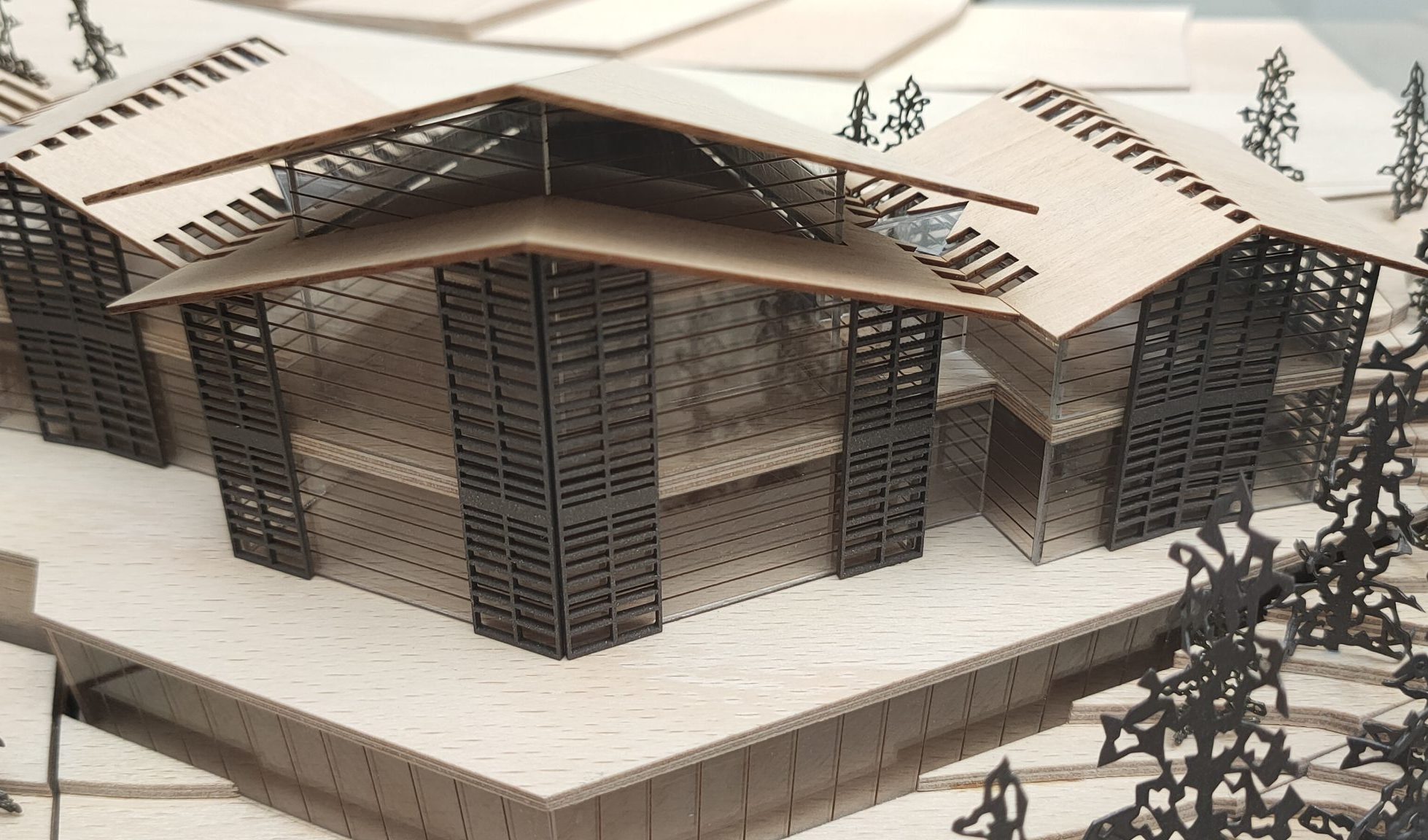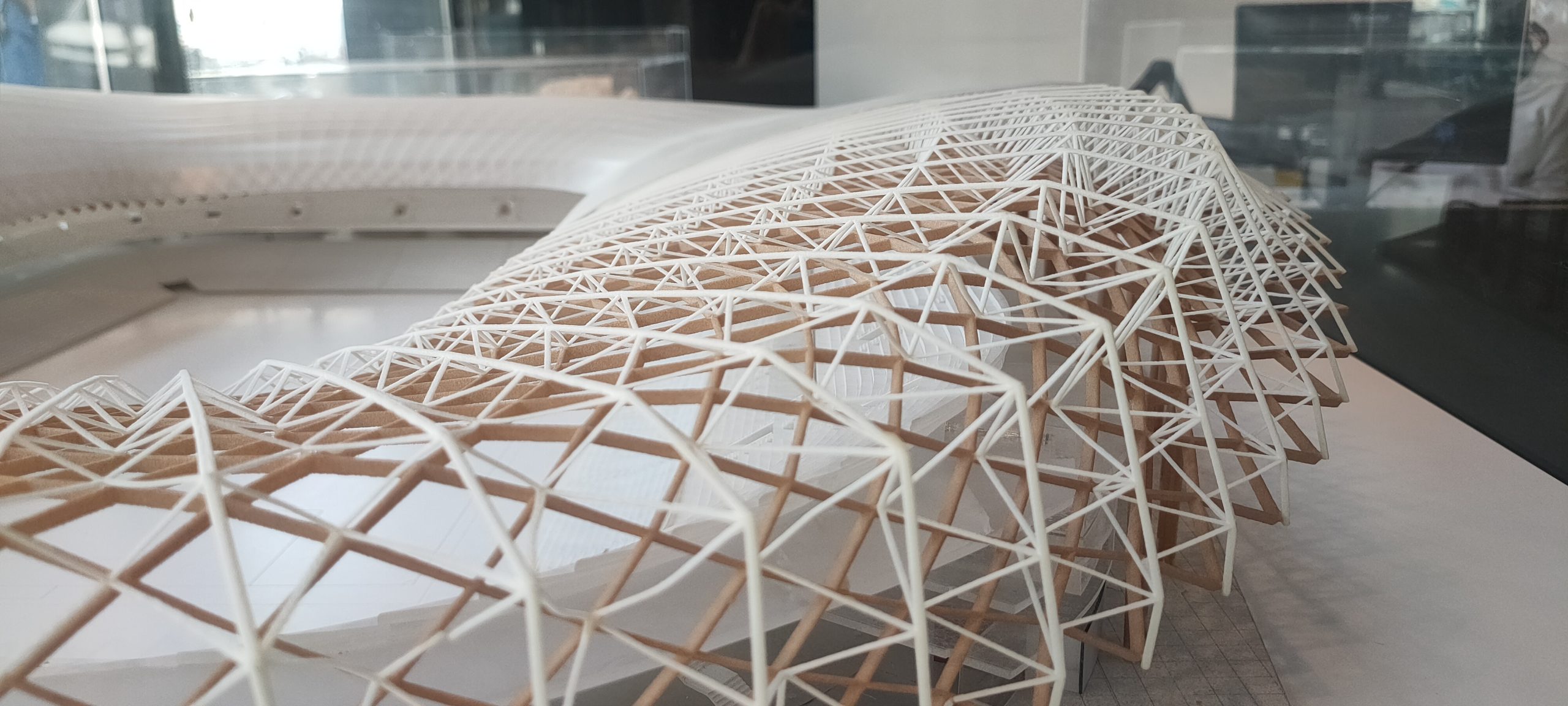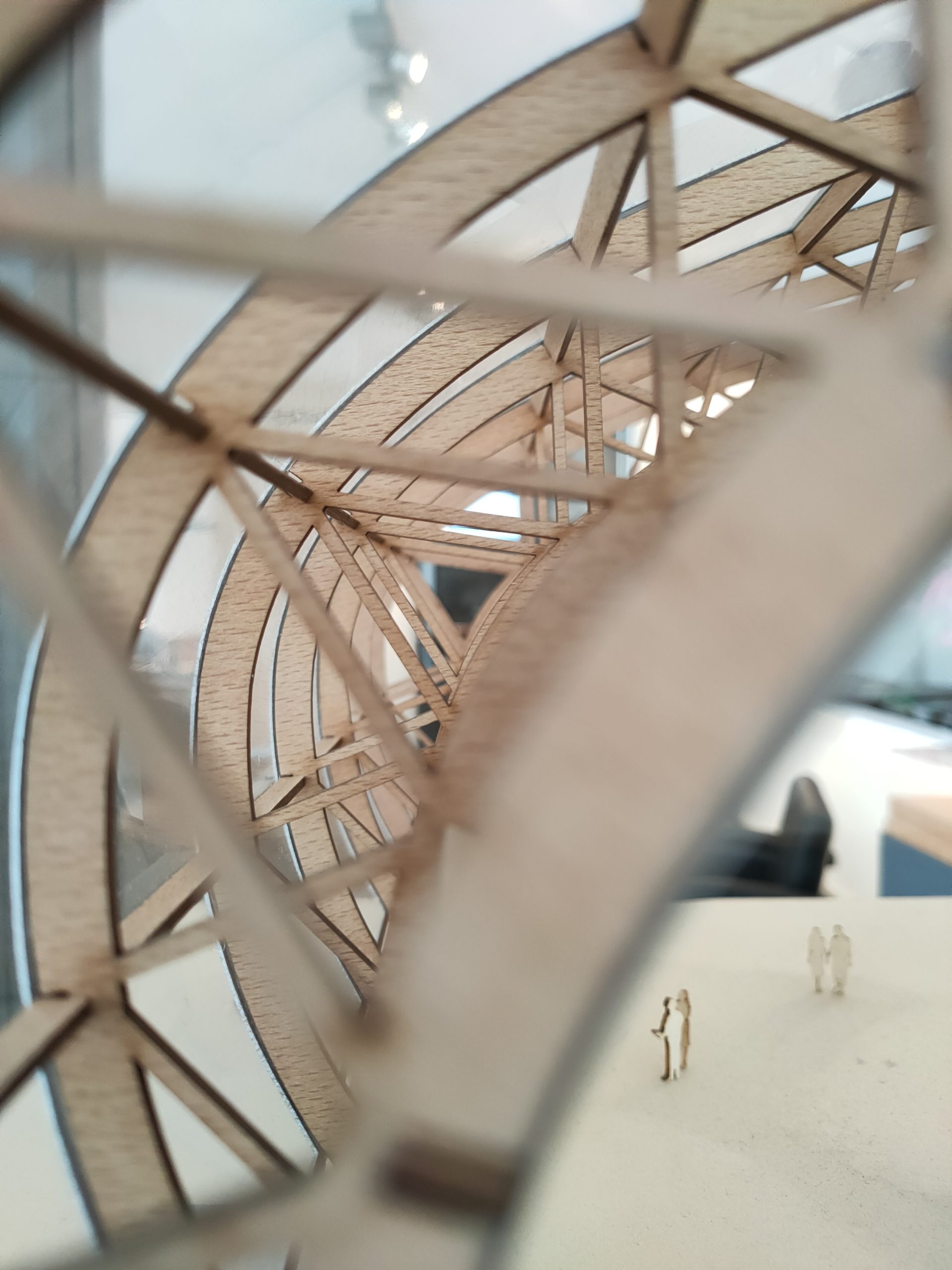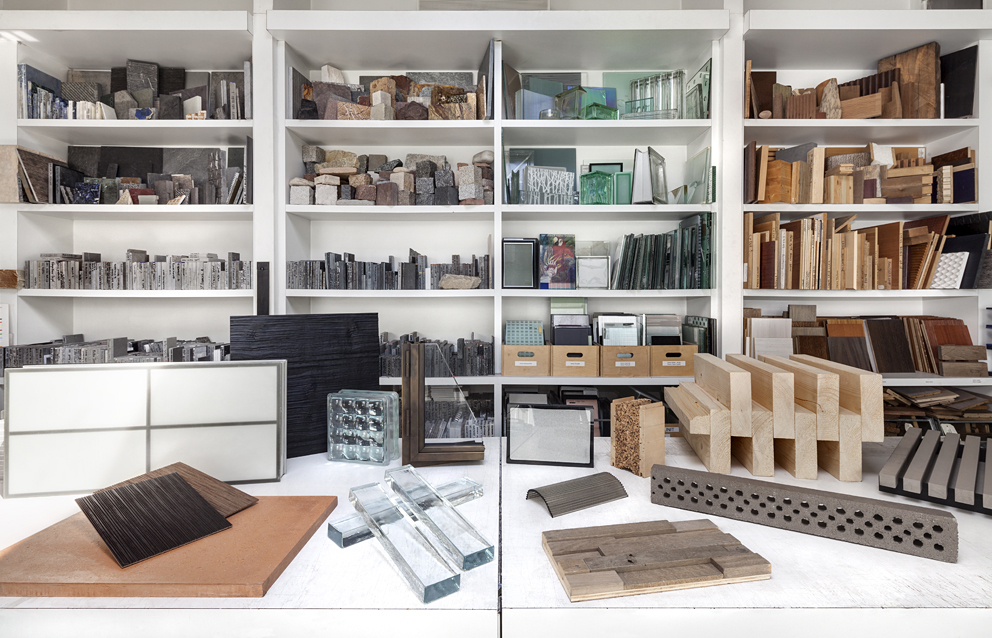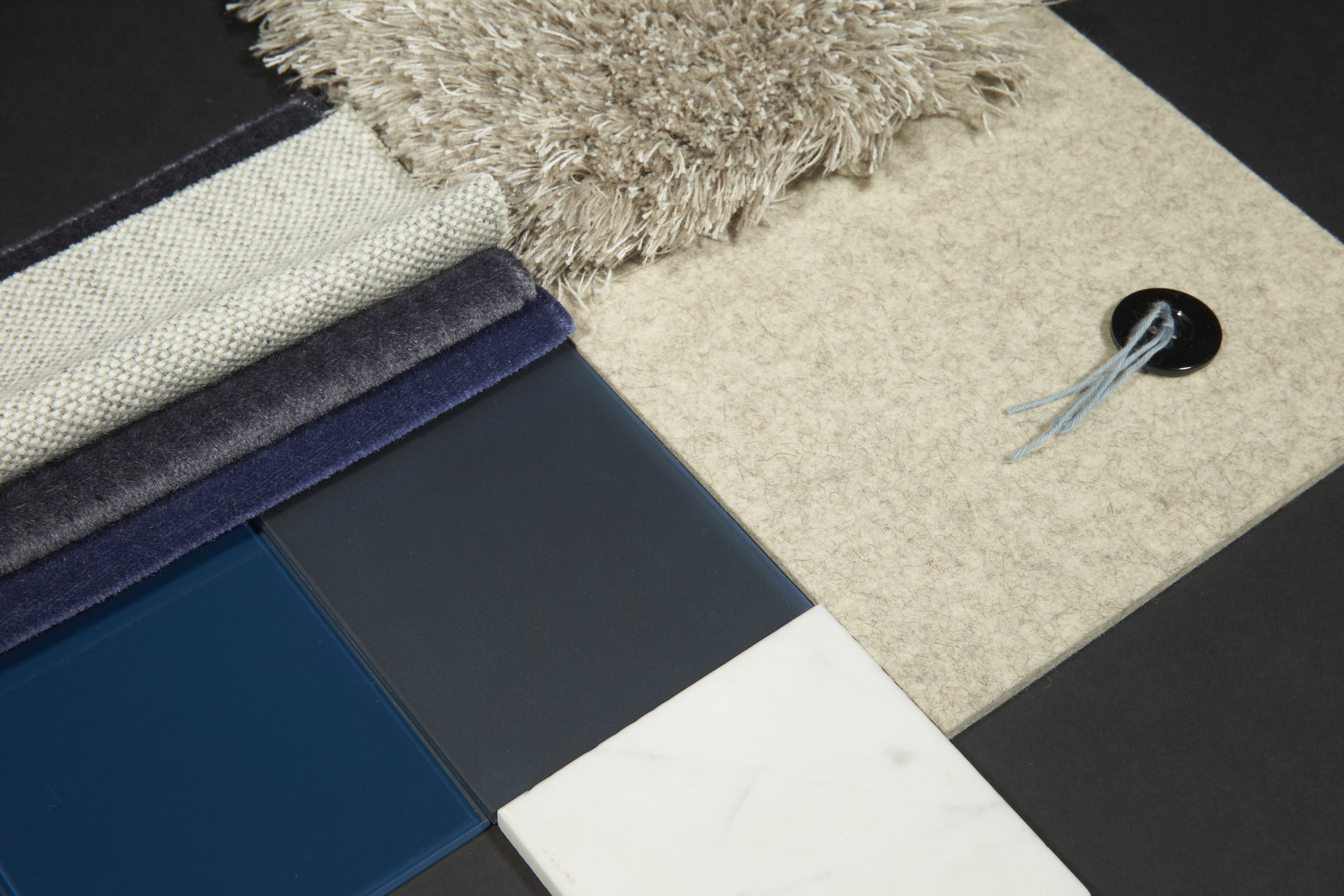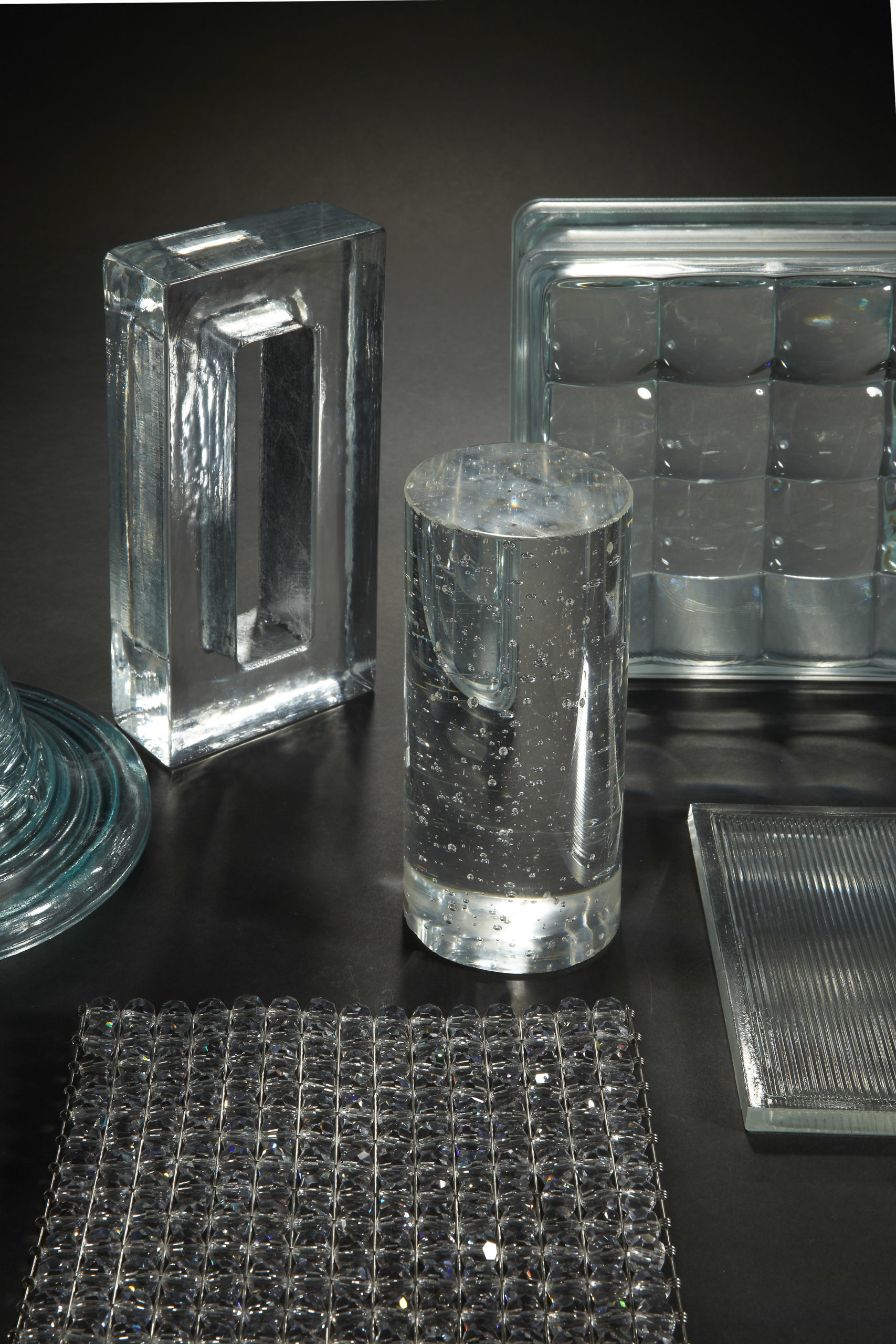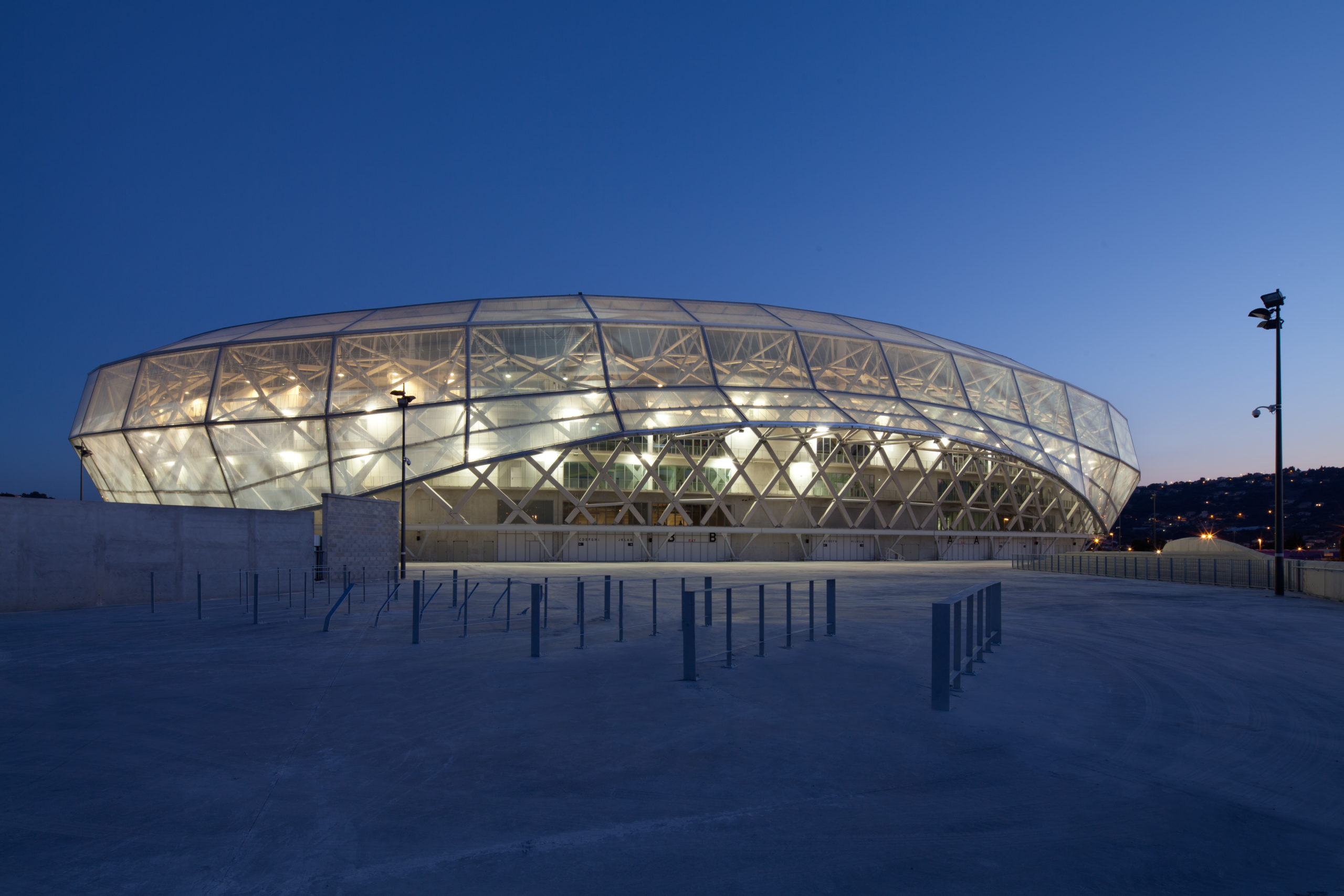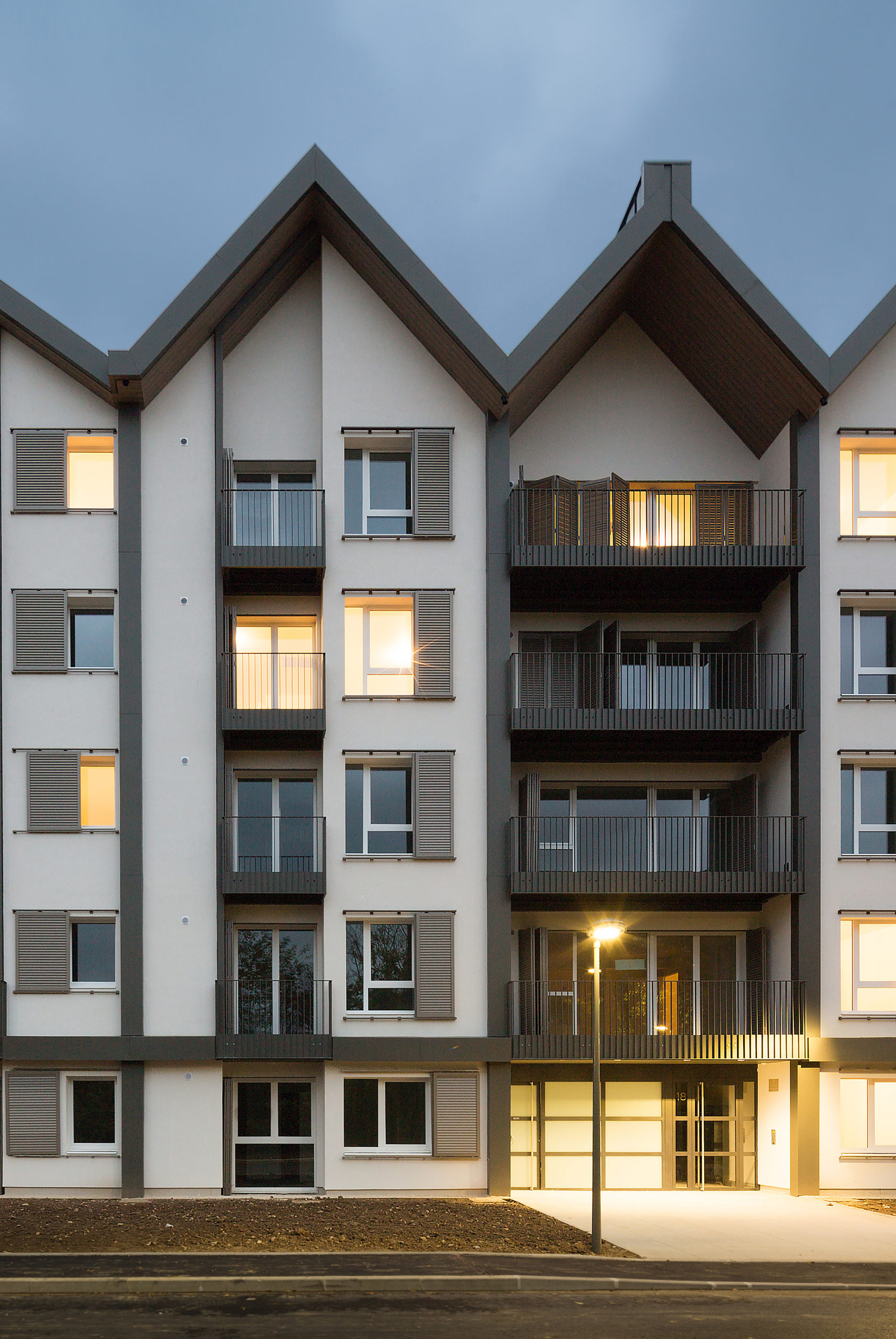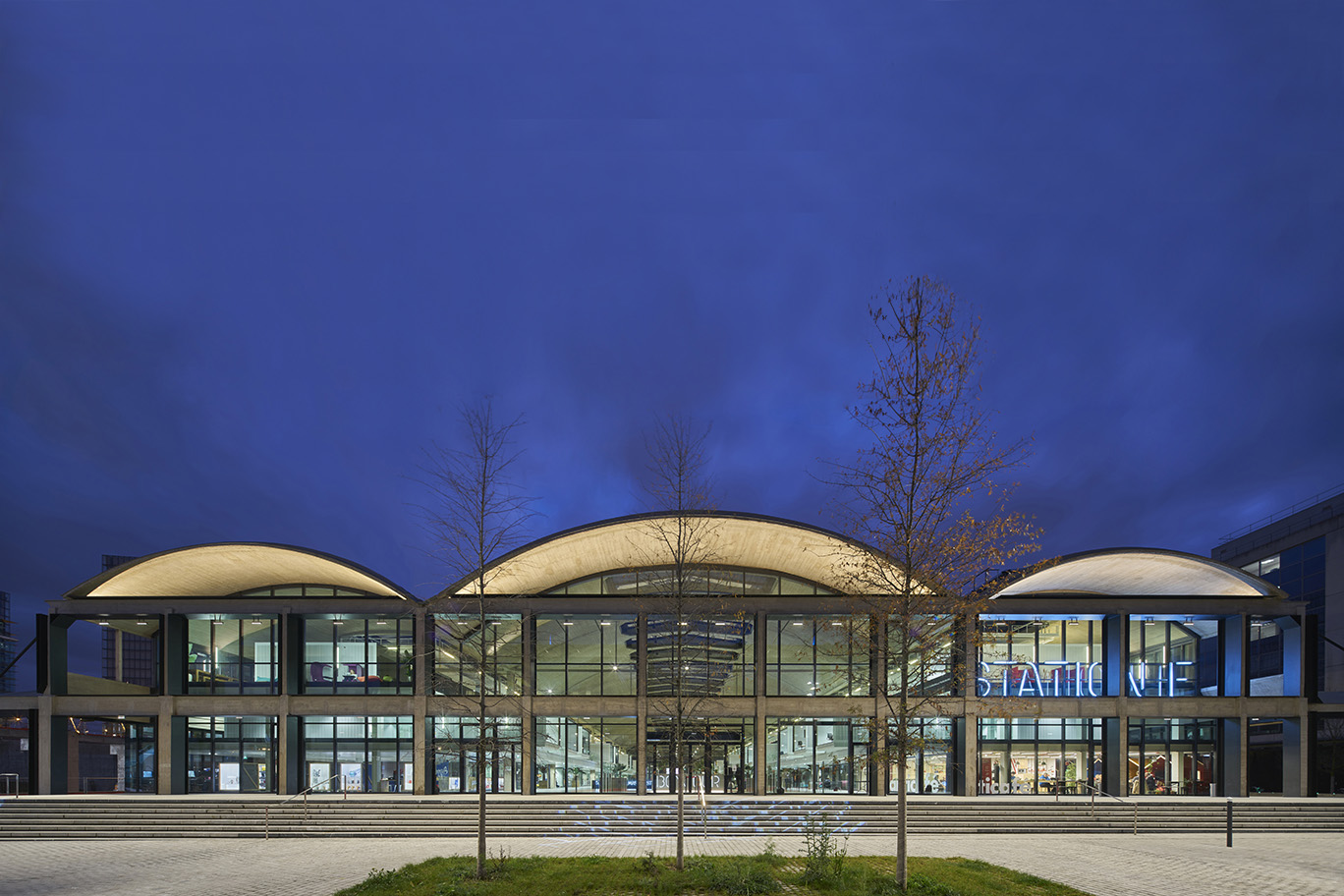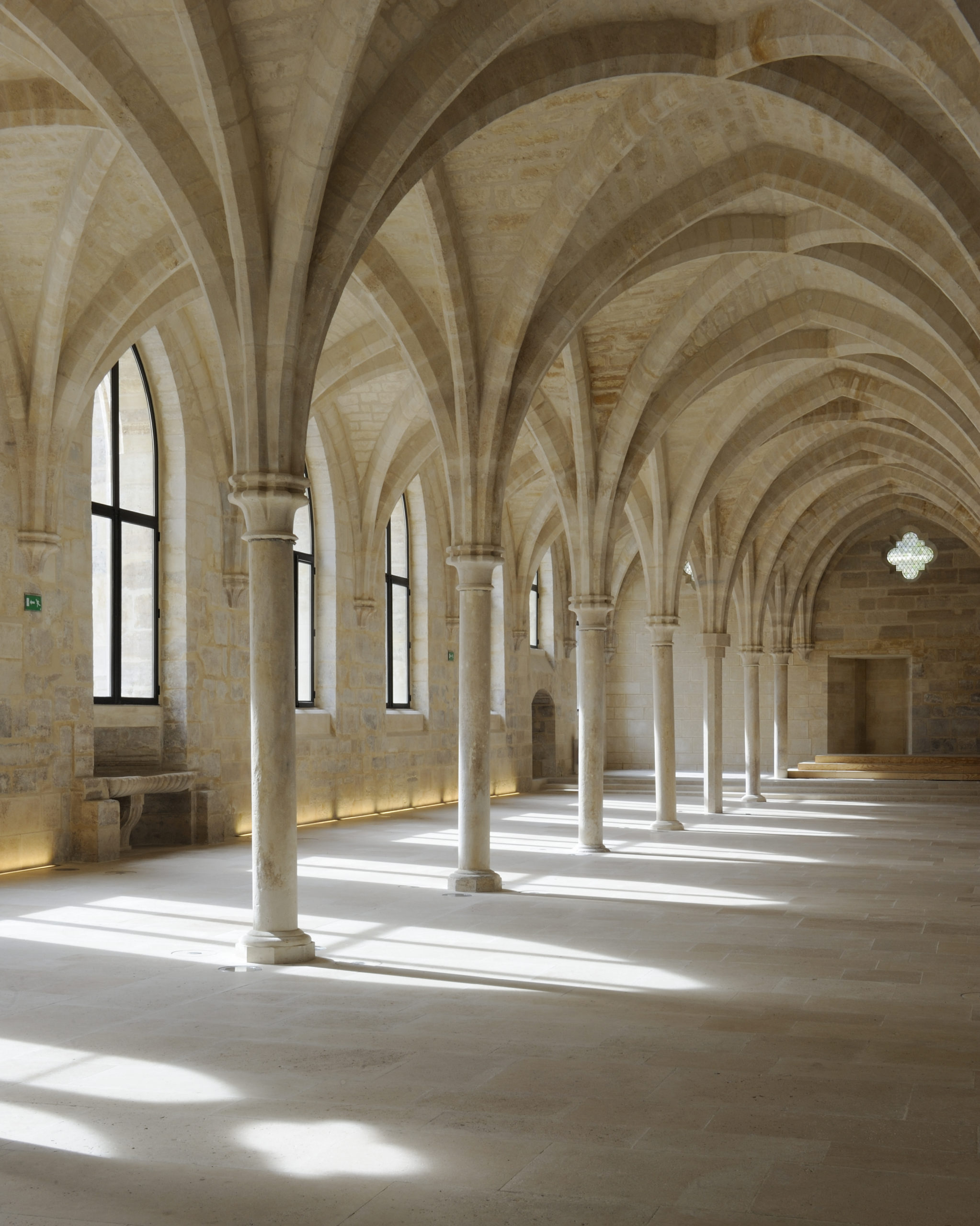W&A Architecture
The Wilmotte & Associés architecture firm was founded by Jean-Michel Wilmotte in 1975. It works worldwide in five areas: architecture, interior architecture, museography, town planning and design. International recognition was signalled by admission to the rankings of the world’s 100 largest architecture firms in 2010 (52nd in 2023).
Architecture
Town Planning
Interior Design
Museography
3D Studio
Model Workshop
Materials Library
The Wilmotte spirit involves developing an approach that is both innovative and responsible, whatever the scale of the project, from the most simple to the most spectacular, with special attention to materials, light, finishes and vegetation, and always fully respecting the site and its history. Our firm never ceases to surprise through the diversity of its projects: stadiums, service industry projects, towers, hospitals, accommodation, wine cellars, hotels, museums, congress centres, private homes…
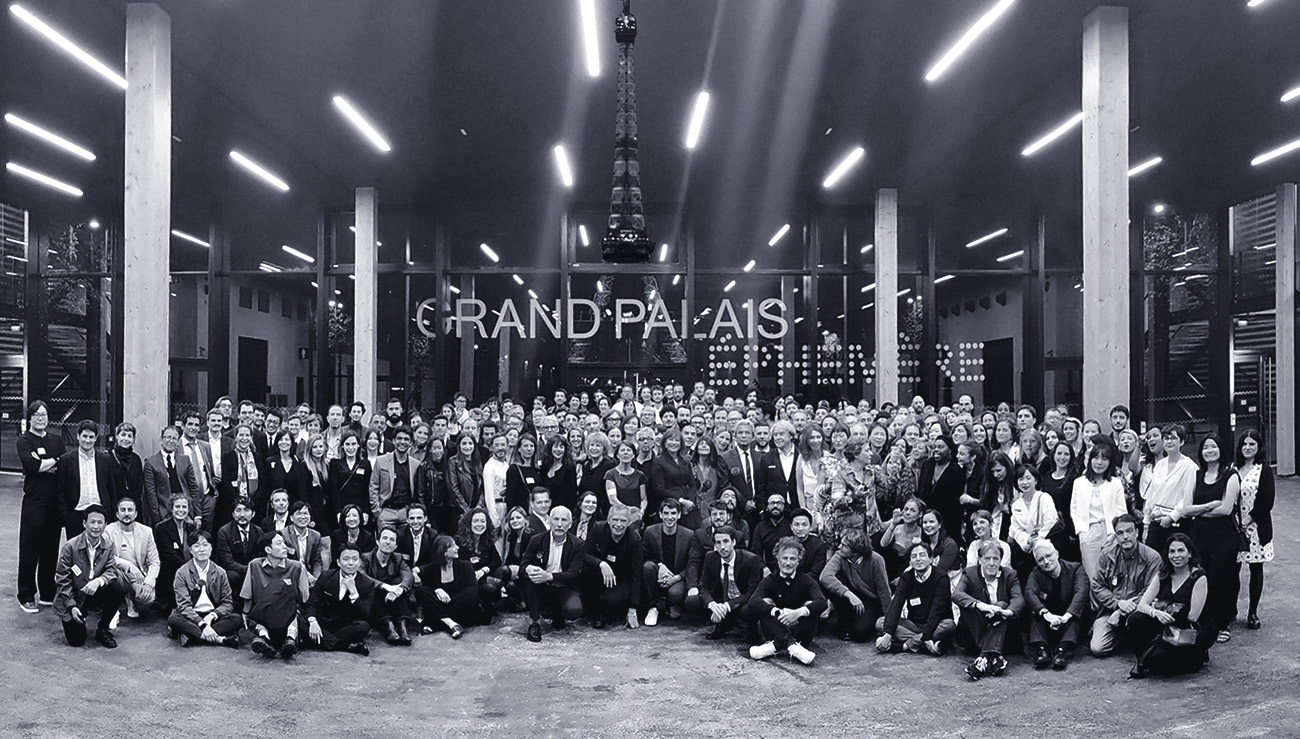

I am not a specialist, I don't want to get locked inside a specialisation: I like to be there where I am least expected. Because you should always avoid doing only what you know how to do, to rest on your laurels... Working on new scales and new programmes helps you to stay alert, to stay sharp, to call yourself into question and to "reinvent" yourself each time... to take a step back, see things in new ways, stay fresh.
Jean-Michel Wilmotte
president
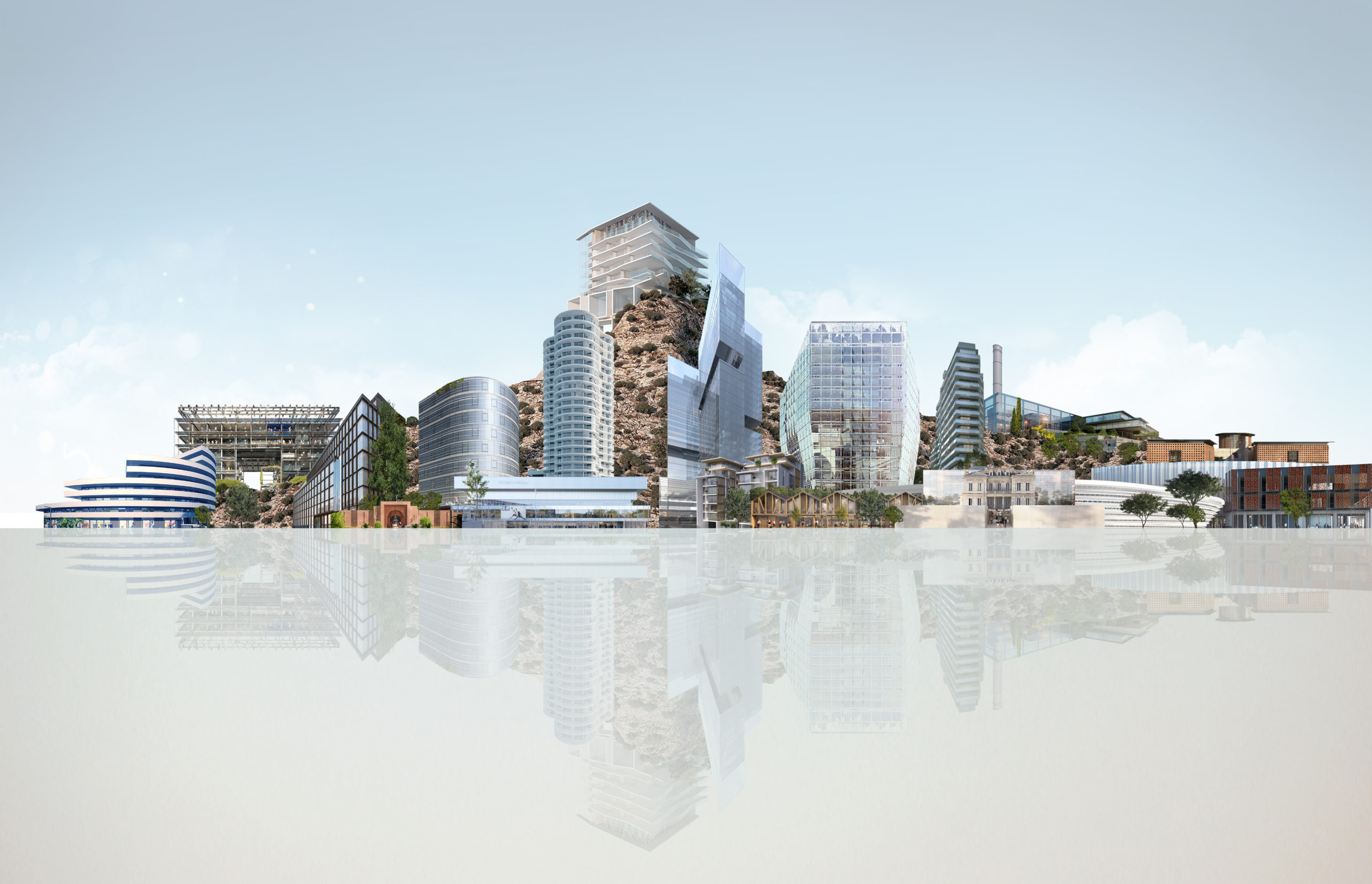
The Wilmotte & Associés architecture firm was founded by Jean-Michel Wilmotte in 1975. It works worldwide in five areas: architecture, interior architecture, museography, town planning and design. From Dallas to Seoul, via Moscow, Dakar and São Paulo, Jean-Michel Wilmotte and his teams have been travelling all over the world for more than 45 years, everywhere placing the human aspect, culture, heritage and innovation at the heart of their creations.
Thanks to a wide range of talents, Wilmotte & Associés is designed like a building supported by the skills of each individual. Each member of staff is recruited for their skill and motivation. Our teams work on a range of projects at the same time, differing in terms of concept, scale and location.
Our teams are based in France, the UK, Italy, South Korea and Senegal. They are currently working on over 100 projects in 23 countries, with an emphasis on the sectors of culture, services and hotels.
Our teams are both committed to enhancing older architecture and firmly turned towards the future. They are building, transforming and staging with sensitivity, elegance and generosity. This vision of skills and values is prolonged through the W Prize, a competition for architecture students and graduates giving recognition to award-winners, and publishing and exhibiting their work at the Foundation W gallery in Venice during the Biennale of Architecture.
Jean-Michel Wilmotte
Architect, Urban planner, Designer
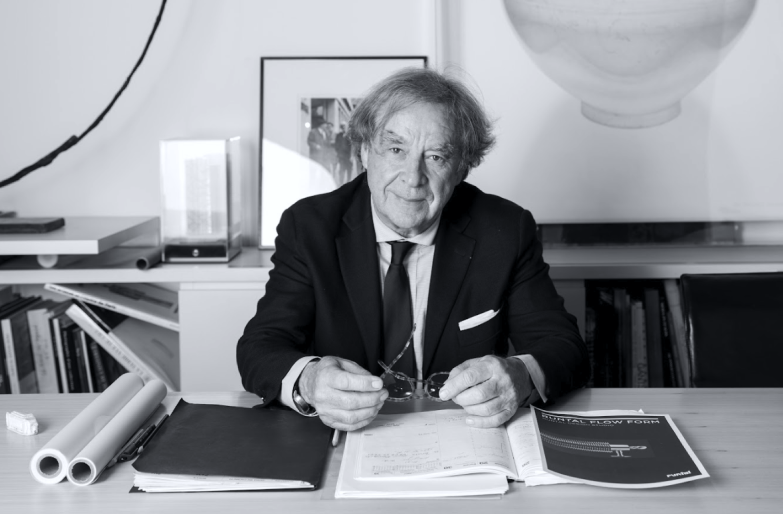
Born in 1948 in Soissons and a graduate of the Camondo school, Jean-Michel Wilmotte is an architect, urban planner and designer, and has been a member of the Académie des Beaux-Arts since 2015. He founded the Wilmotte & Associés architecture firm in 1975.
Jean-Michel Wilmotte is interested in all subjects, with an equal curiosity: from the most unlikely to the most obvious, from the most high-end to the most accessible, from the smallest to the most imposing. He likes to be where he is not expected. Changes of scale and programme allow him to remain on the lookout, to question and reinvent himself each time, always with the same high standards of quality and the same attention to detail.
At Wilmotte & Associés, we give pride of place to the intelligence of the hand and the intelligence of materials. Our architecture aims to create and inspired significant and lasting changes. Our architectural conception is based on common sense with special attention to the durability of the materials used.
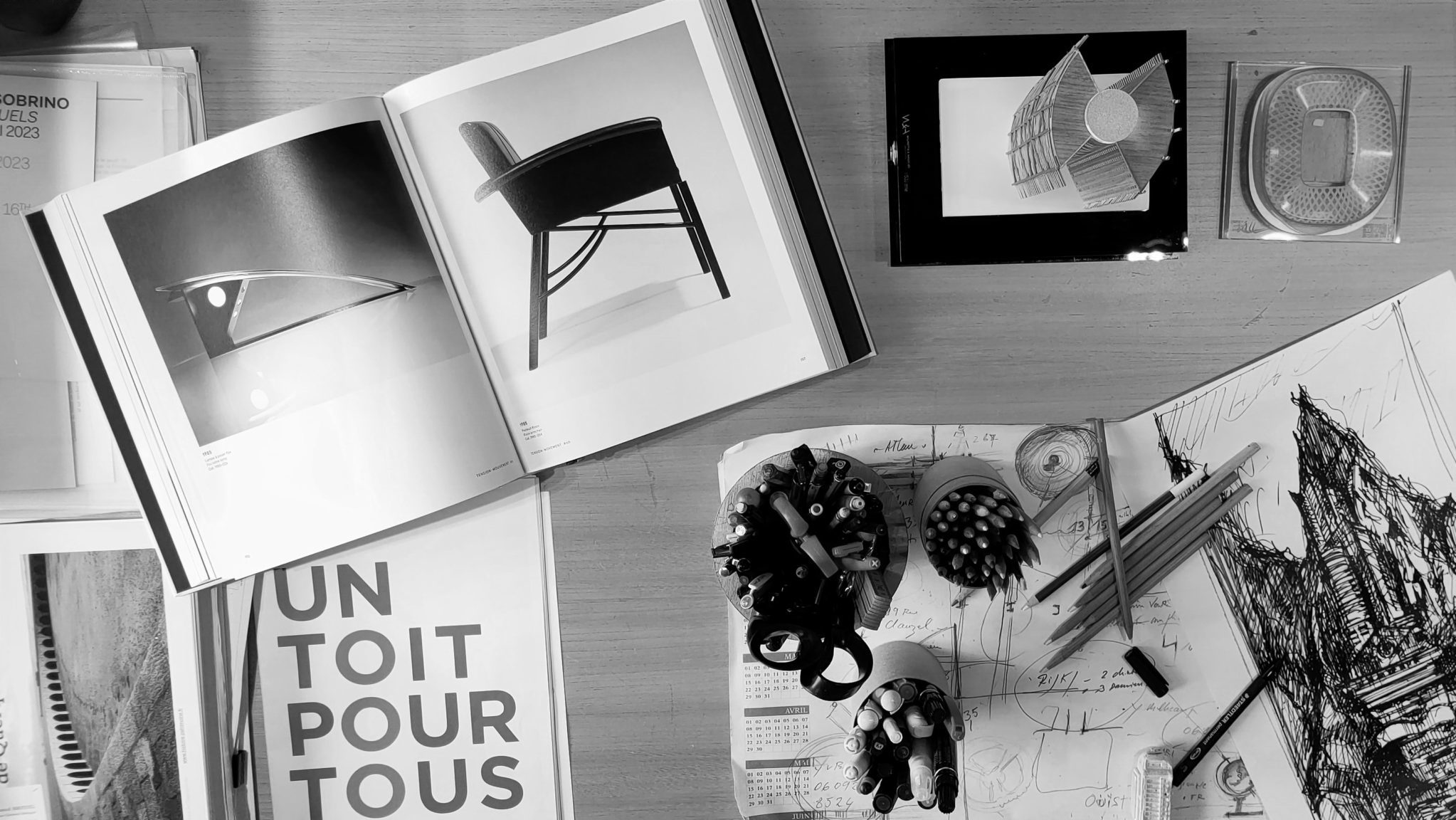

Sustainable development should never be reduced only to protecting the environment or managing building sites in an ecological way. Sustainable development is also a responsible conception of the world we live in.
Jean-Michel Wilmotte
President
Drawing is building
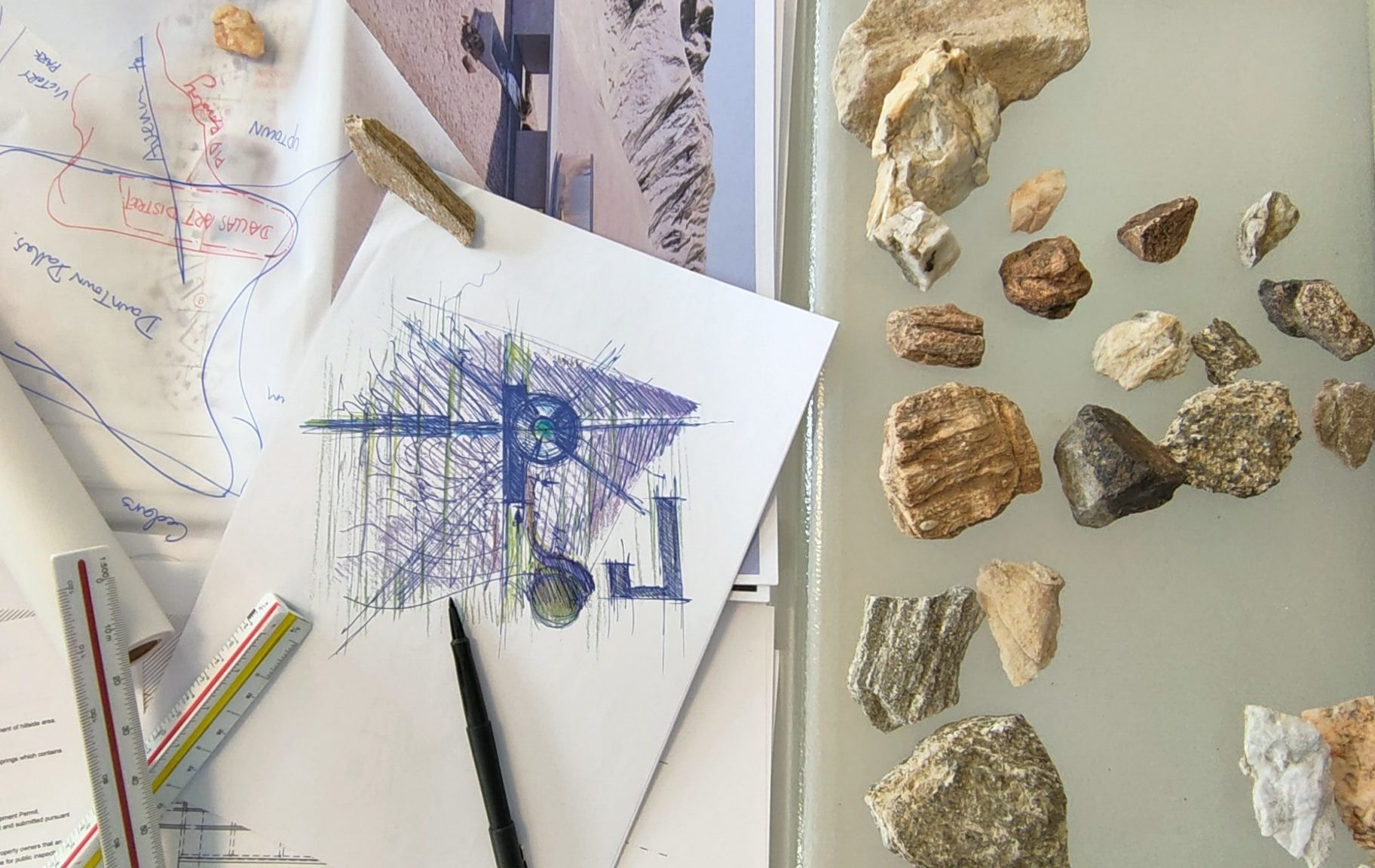
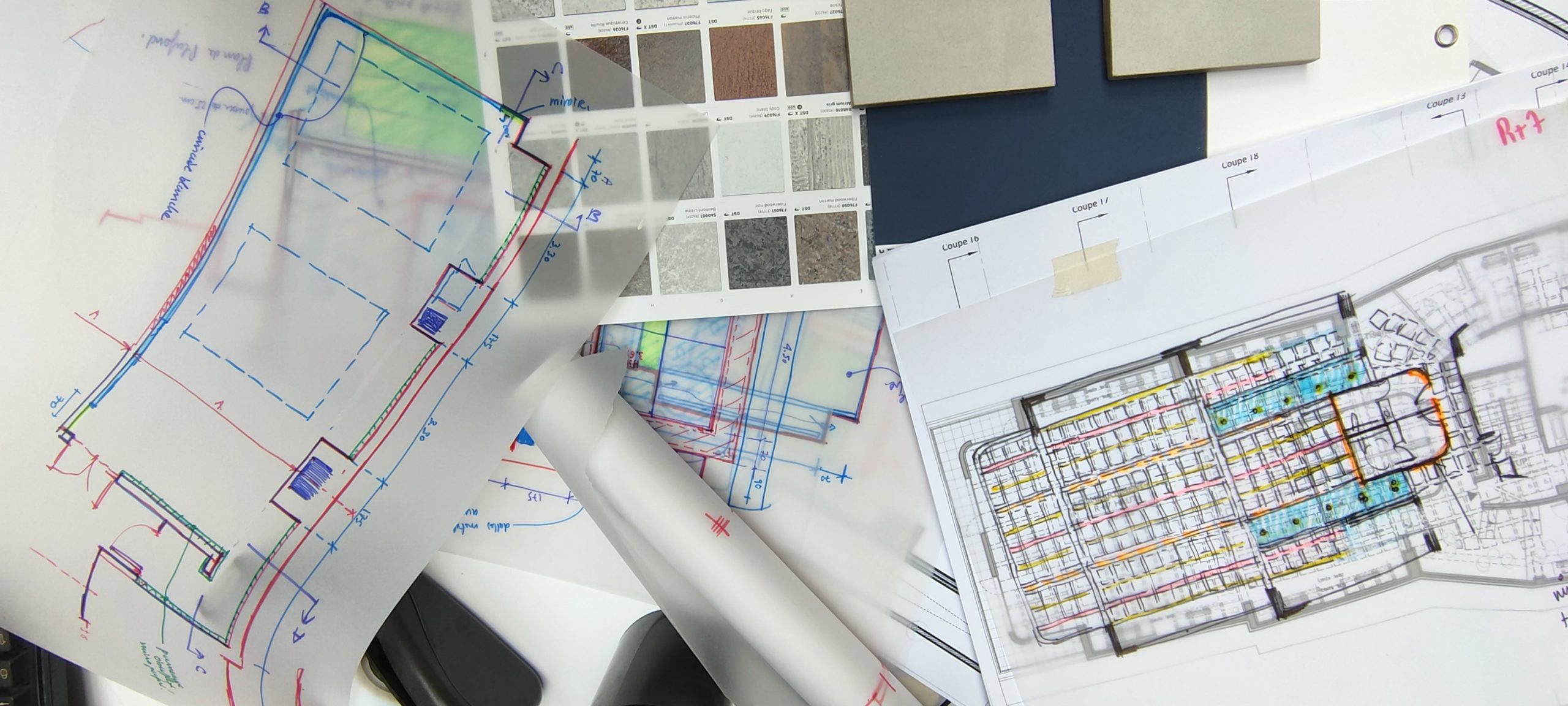
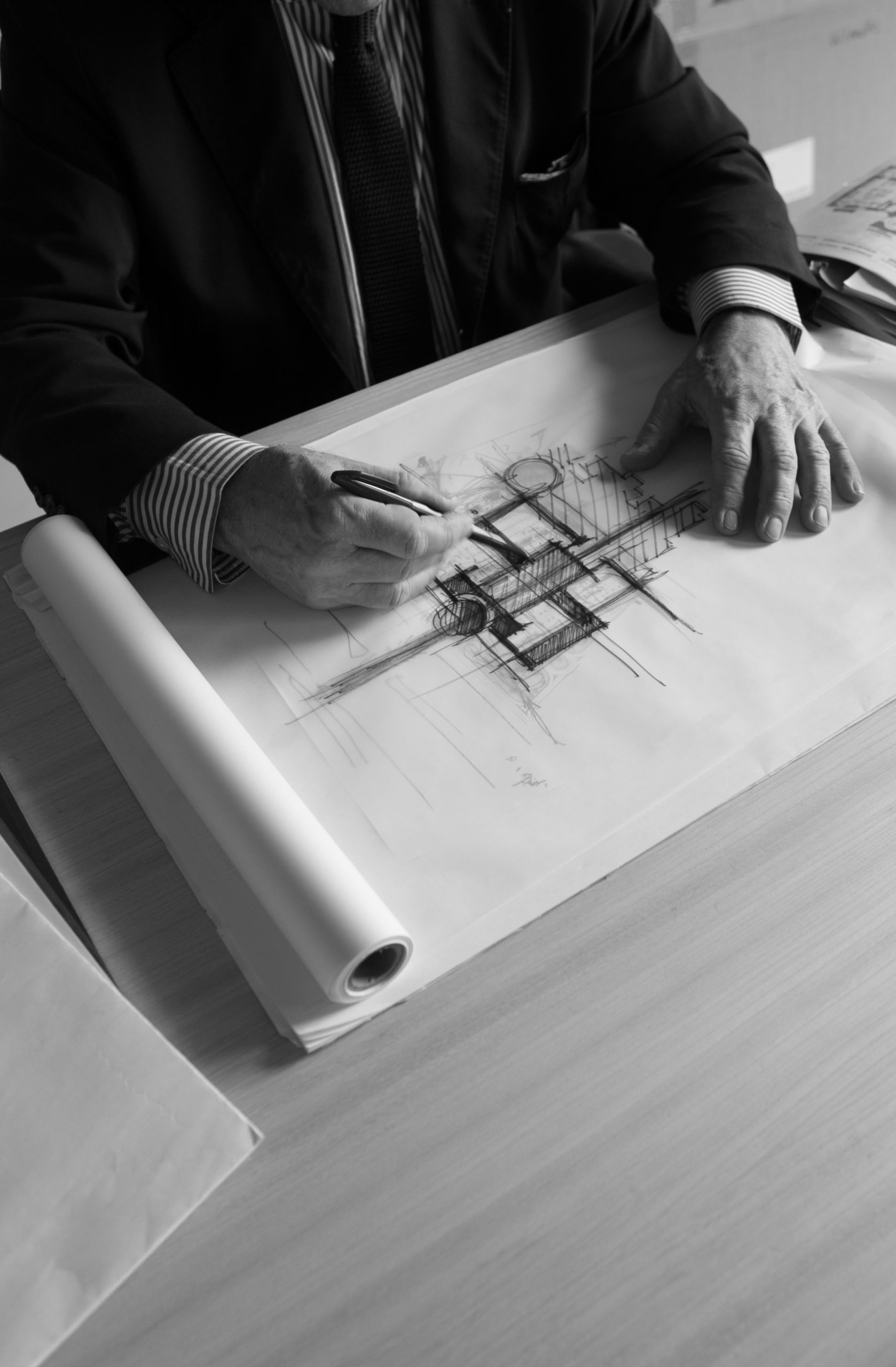
Literally and figuratively, the work is carried out transparently, since each project takes shape and develops on tracing paper. From Jean Michel Wilmotte’s first, spontaneous vision emerges a sketch. In a few strokes of the pencil, he gives material shape to his inspiration, emotions and passion. His freehand drawings begin the process of dynamic, creative research, where one sketch gives rise to another, gradually streamlining and taking on board the constraints linked to the project to finally reinforce or adapt the initial concept. For the architect the sketch is a way of passing on ideas and for the client the means to understand the project.
By superimposing ideas and drawings on a layer of transparent sheets, the foundations of the final project are laid down and enriched during a dialogue based on the skills of each individual involved.


THE RIGHT MATERIALS
When we construct a new building, we opt for resources with a low environmental impact and a low carbon imprint. The fight against climate change in the building sector begins with conscious decisions about the way the materials we use are manufactured and sourced. Today, the raw materials used in construction are responsible for 11 % of world emissions, a quarter of the annual emissions in the building sector.
Like concrete, solid wood is fire-resistant, but its potential for global warming is far lower. Solid wood elements can also be installed quickly on site, reducing construction times. The structural advantages of the material, combined with its positive impact on carbon emissions, has attracted our interest more and more.
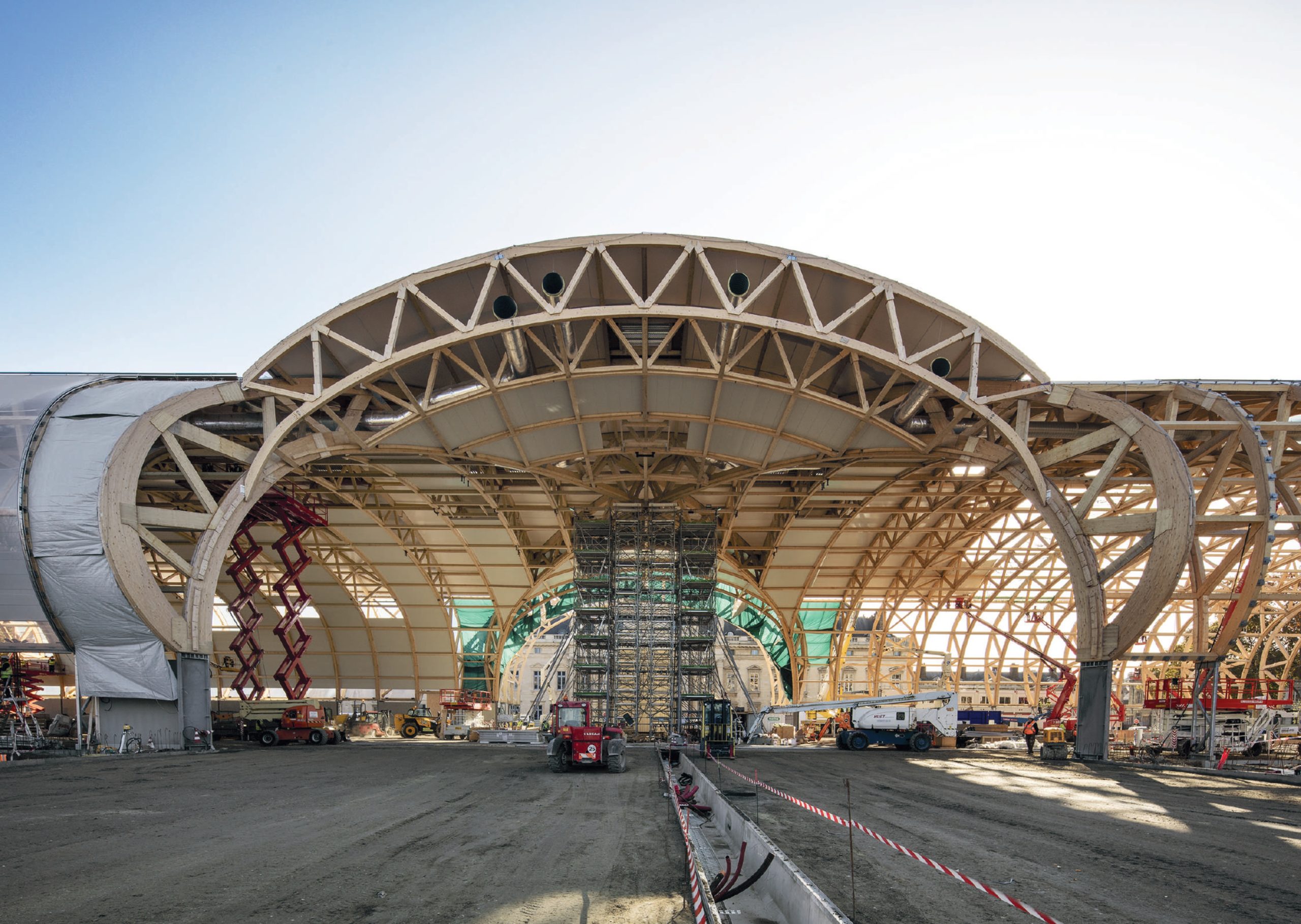
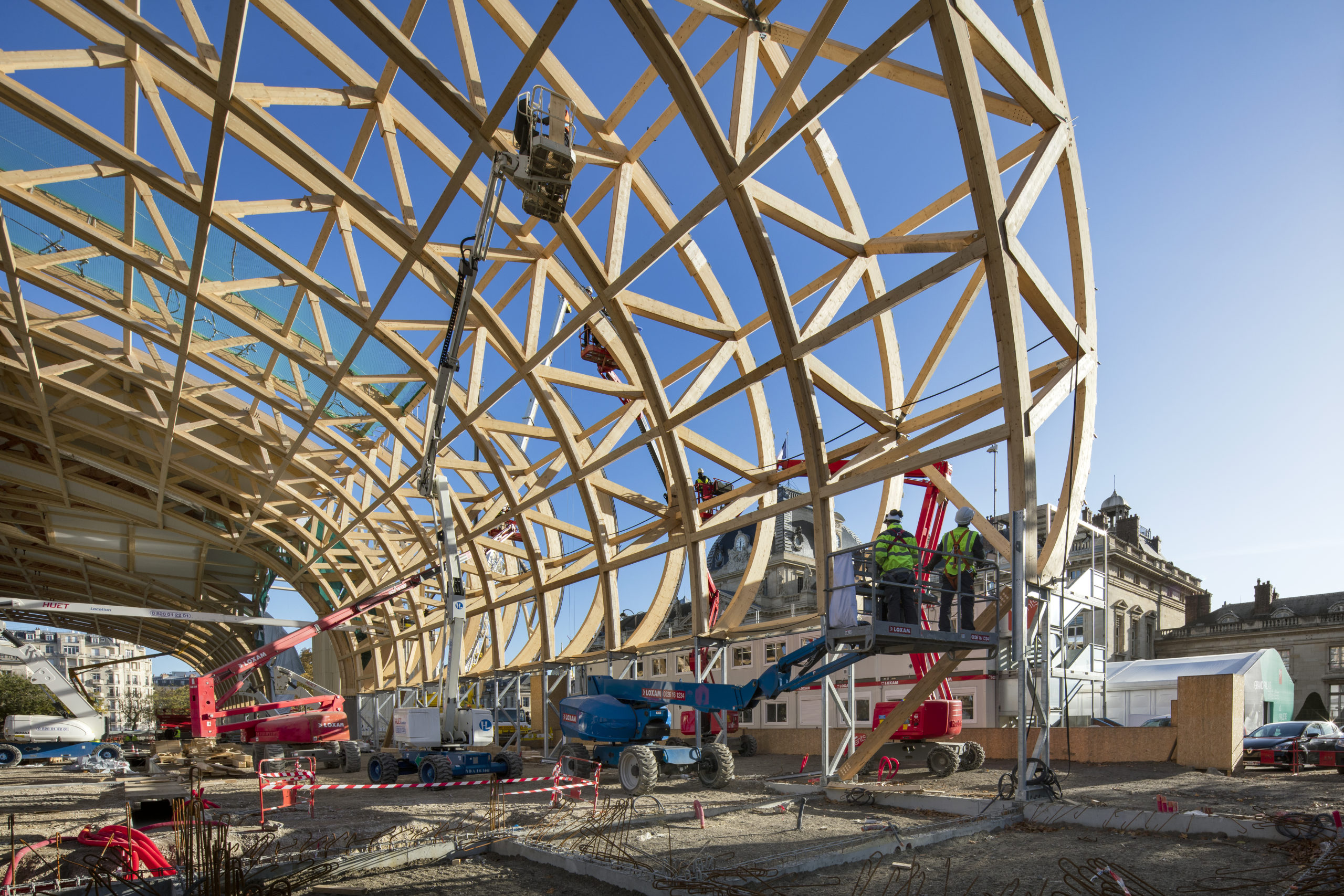
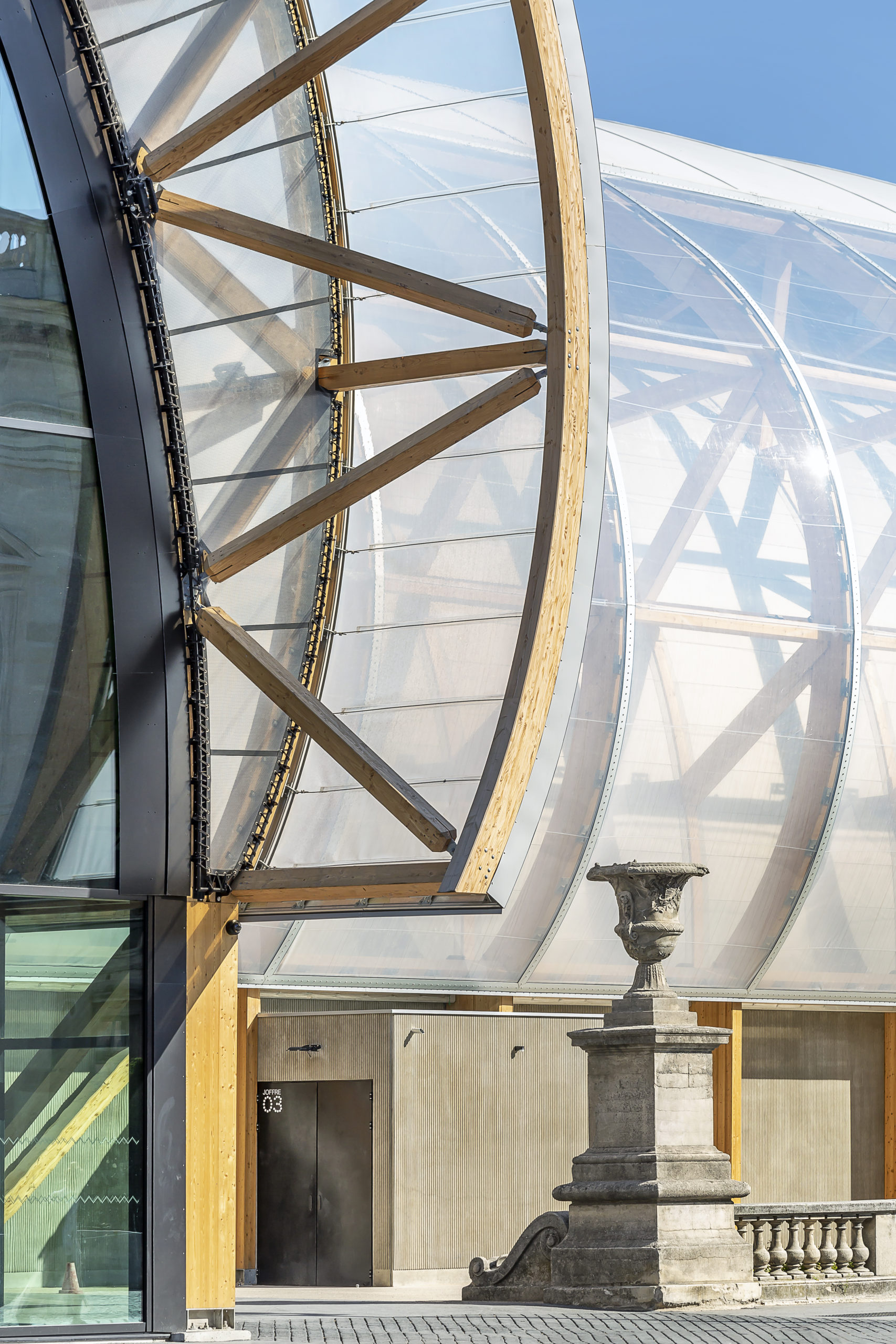
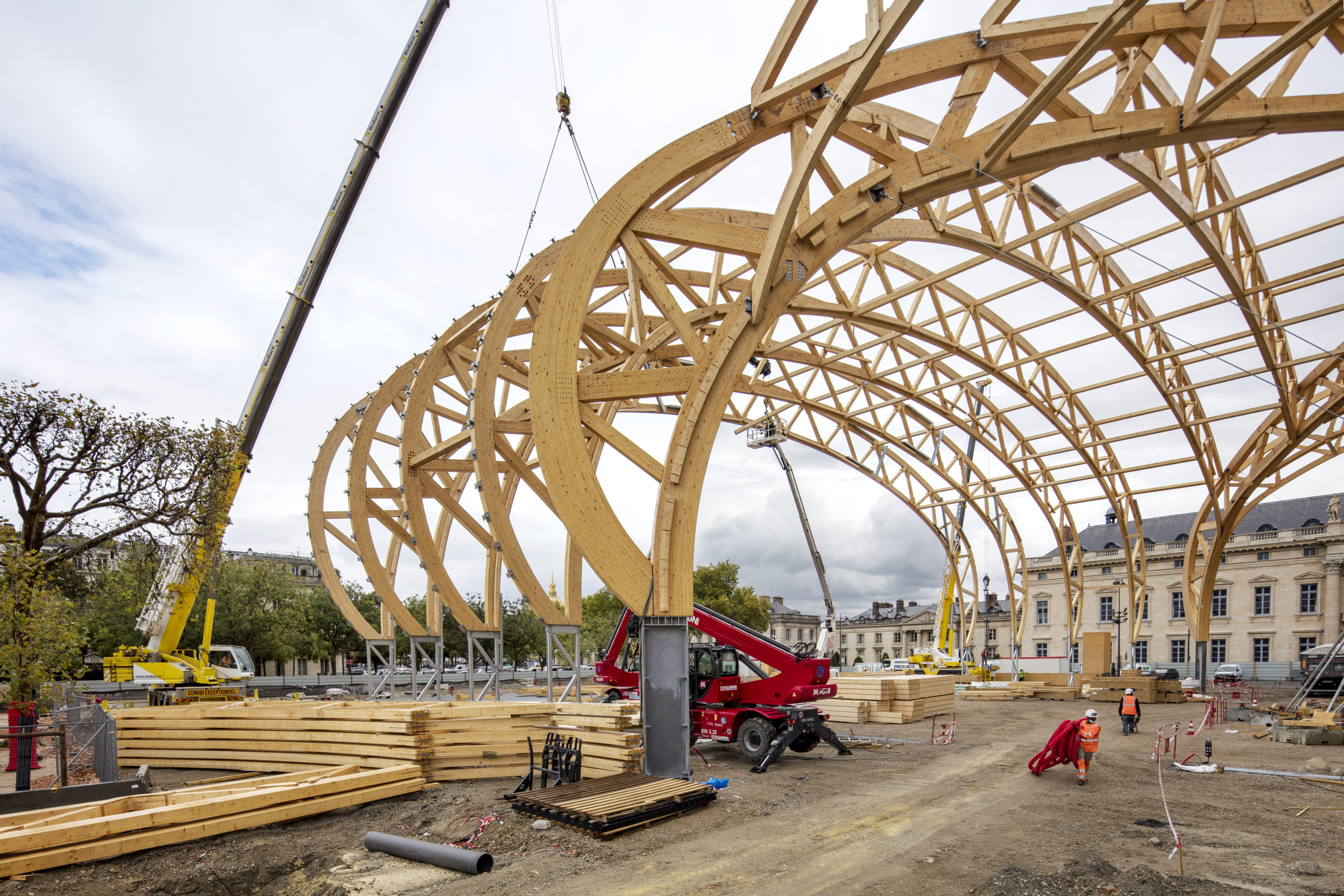
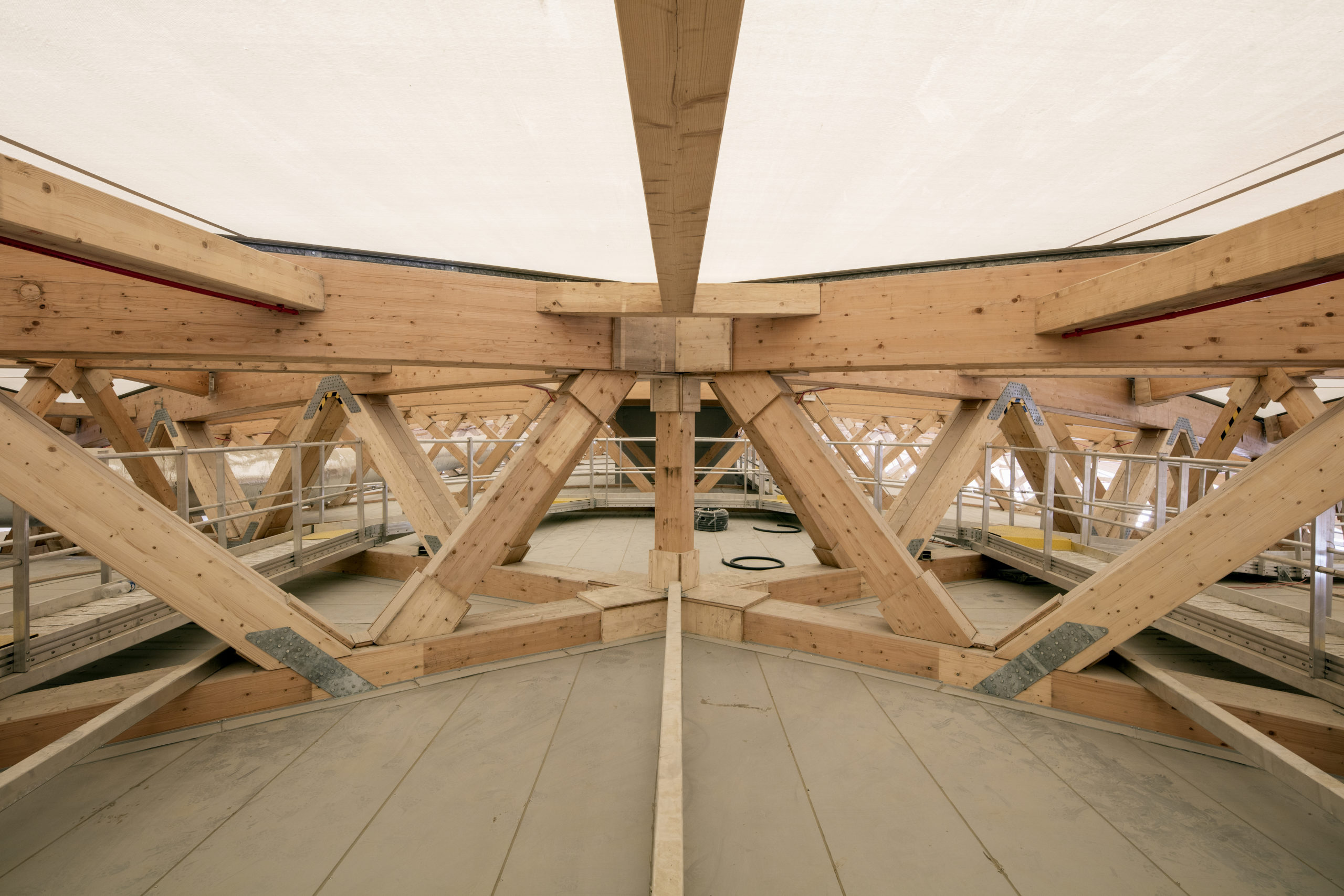
CONTEMPORARY GRAFTING
“Contemporary grafting” is an idea cherished by Jean-Michel Wilmotte as a link between past and present. It aims to set up a synergy between heritage and contemporary architecture. Grafting revisits and redevelops heritage using a contemporary vocabulary, while respecting its nature, history and environment. For all buildings, whether listed or not, grafting is a benevolent and intelligent approach, never turning into pastiche. It underlines and even reveals force, character and nobility.
Sustainable, modern and inventive, it is firmly oriented towards the future and thus represents a very promising lever for urban development. It is part of an ecologically responsible approach helping to reduce harm generated by new building sites or their energy consumption.




